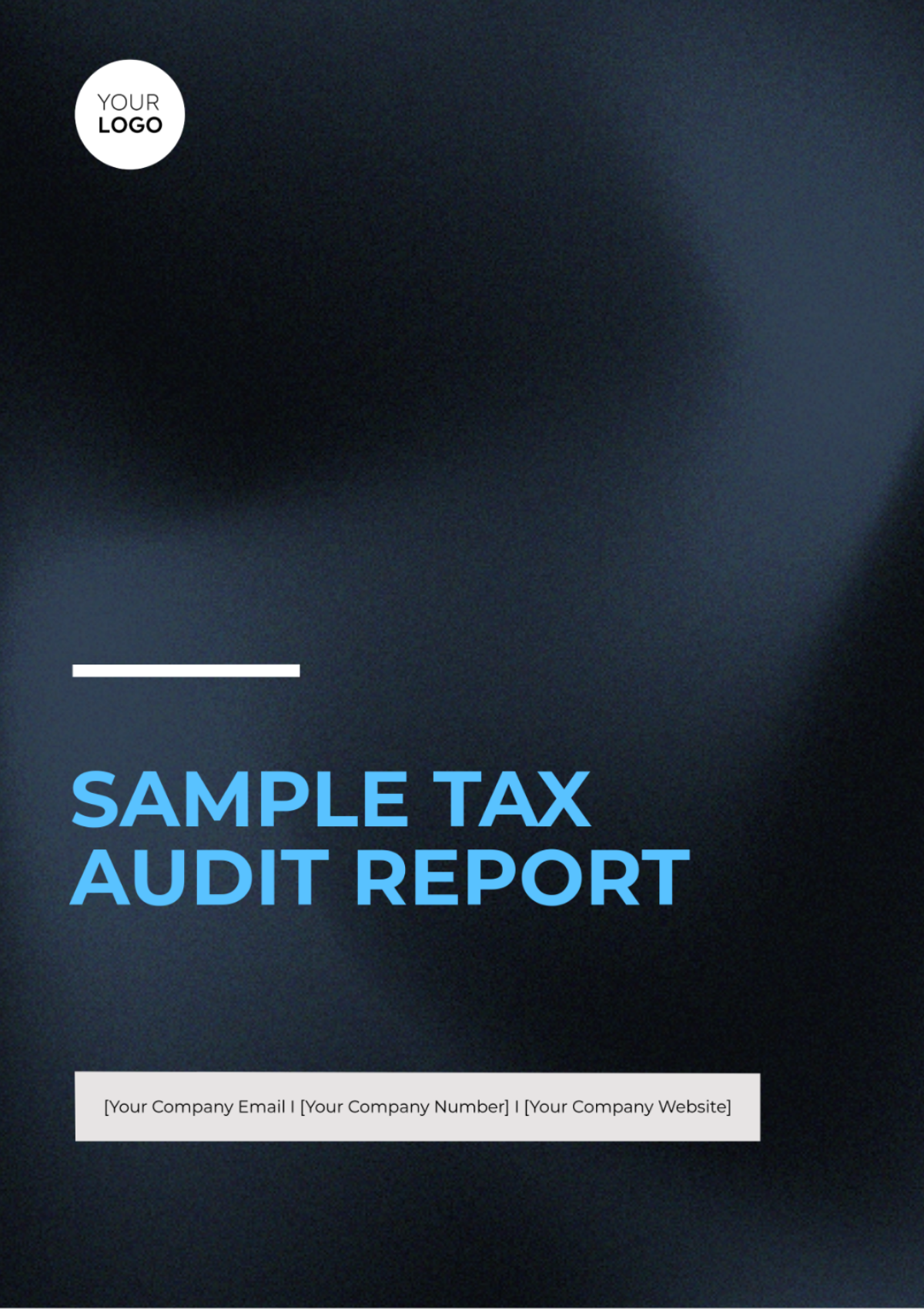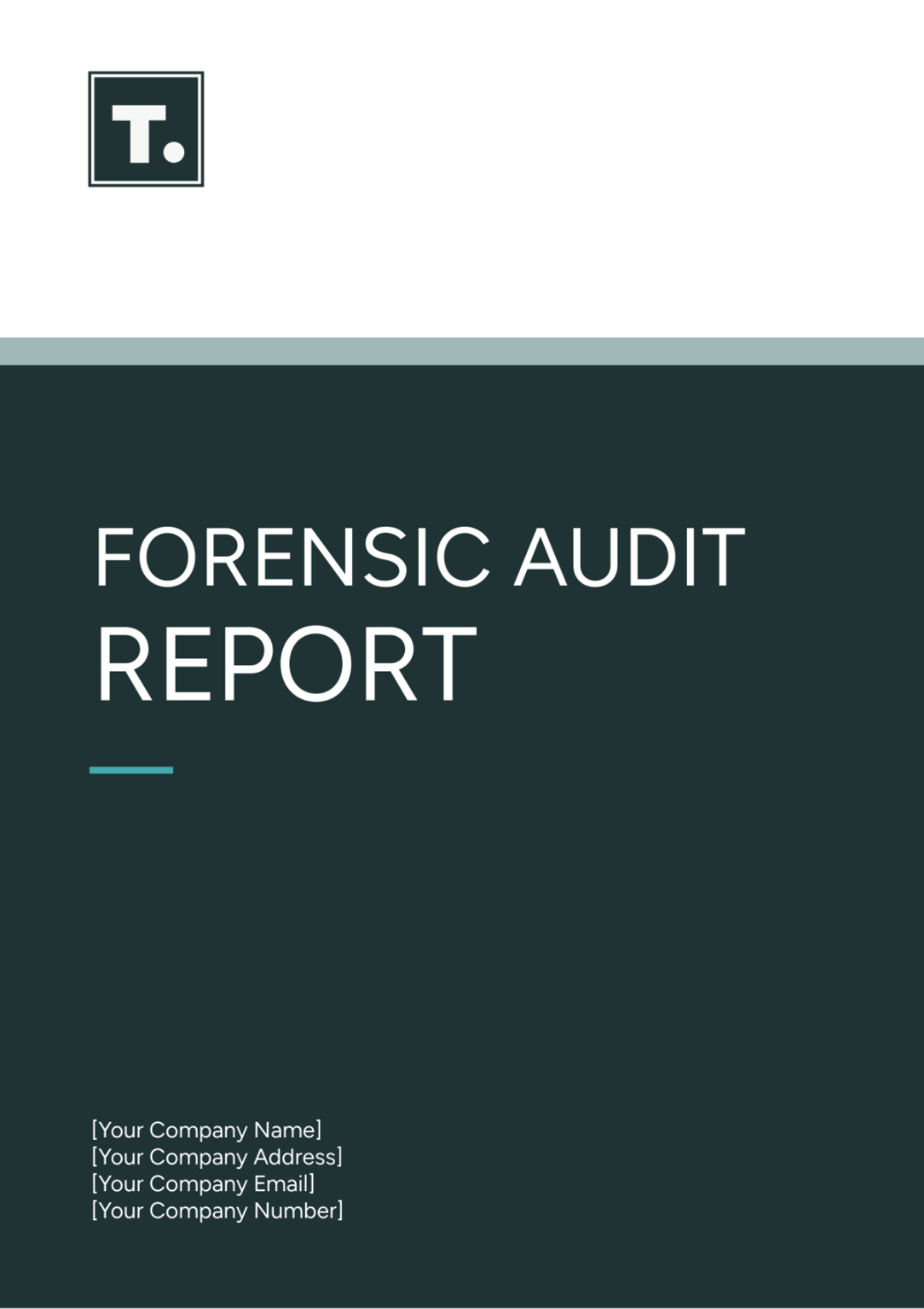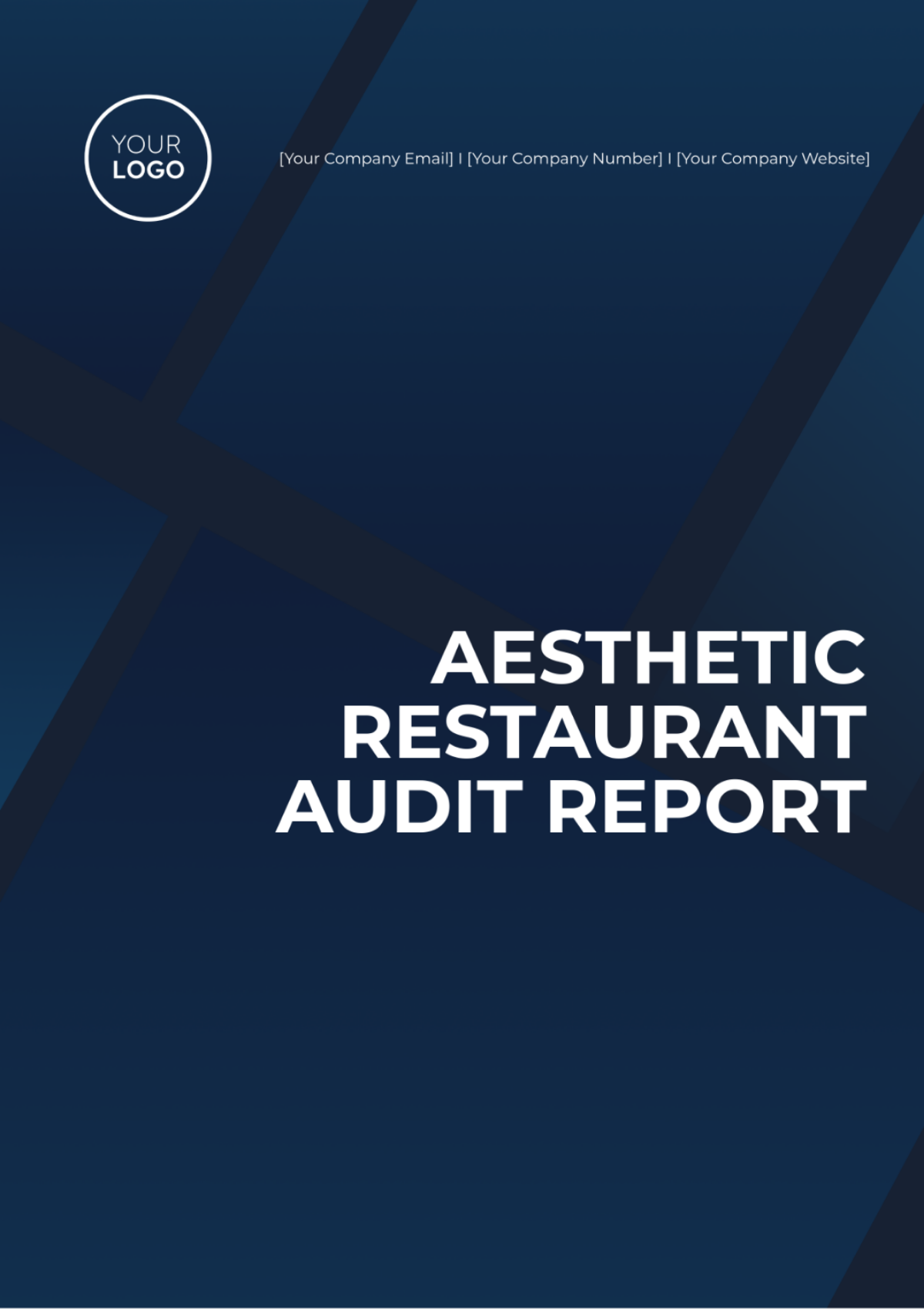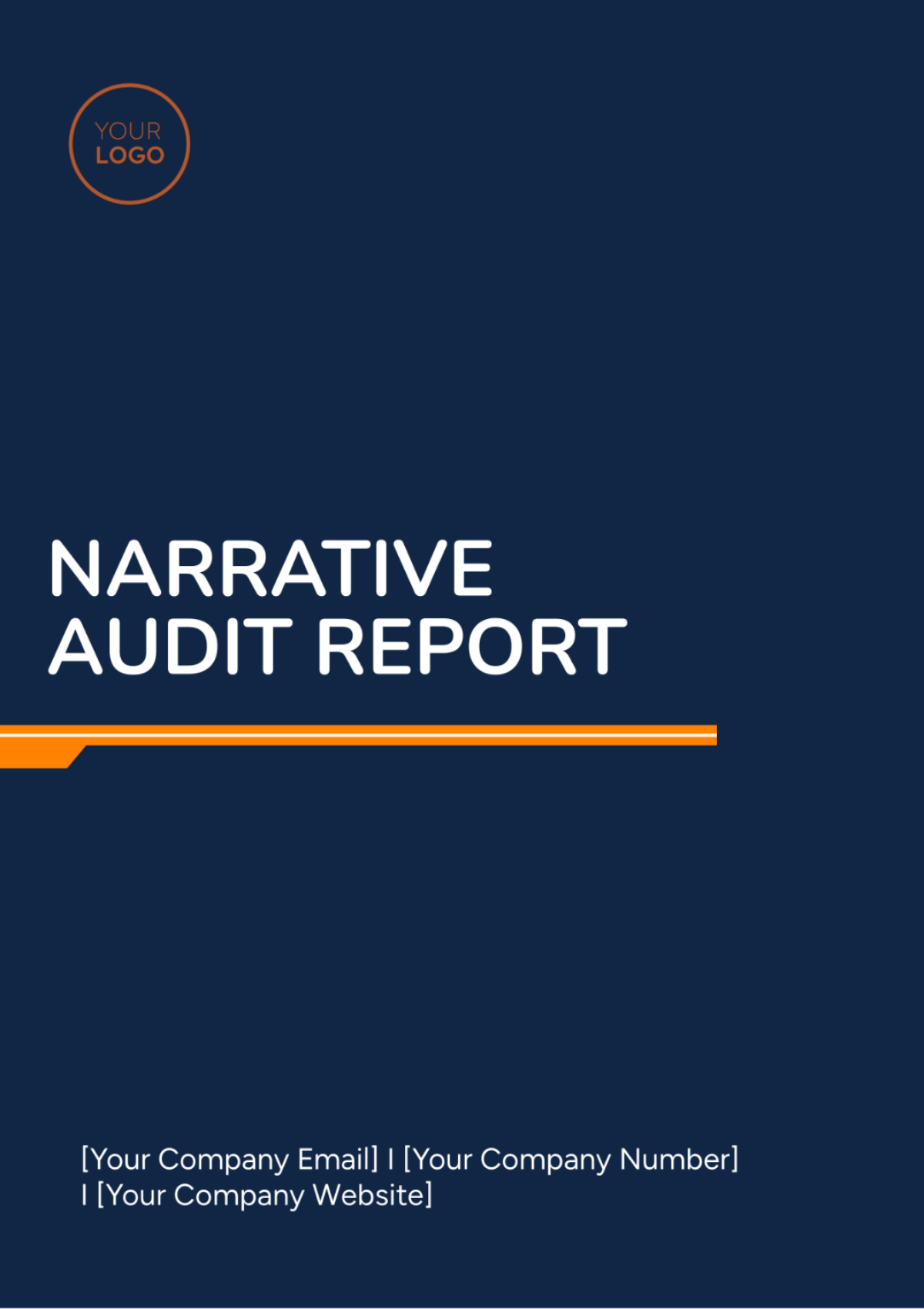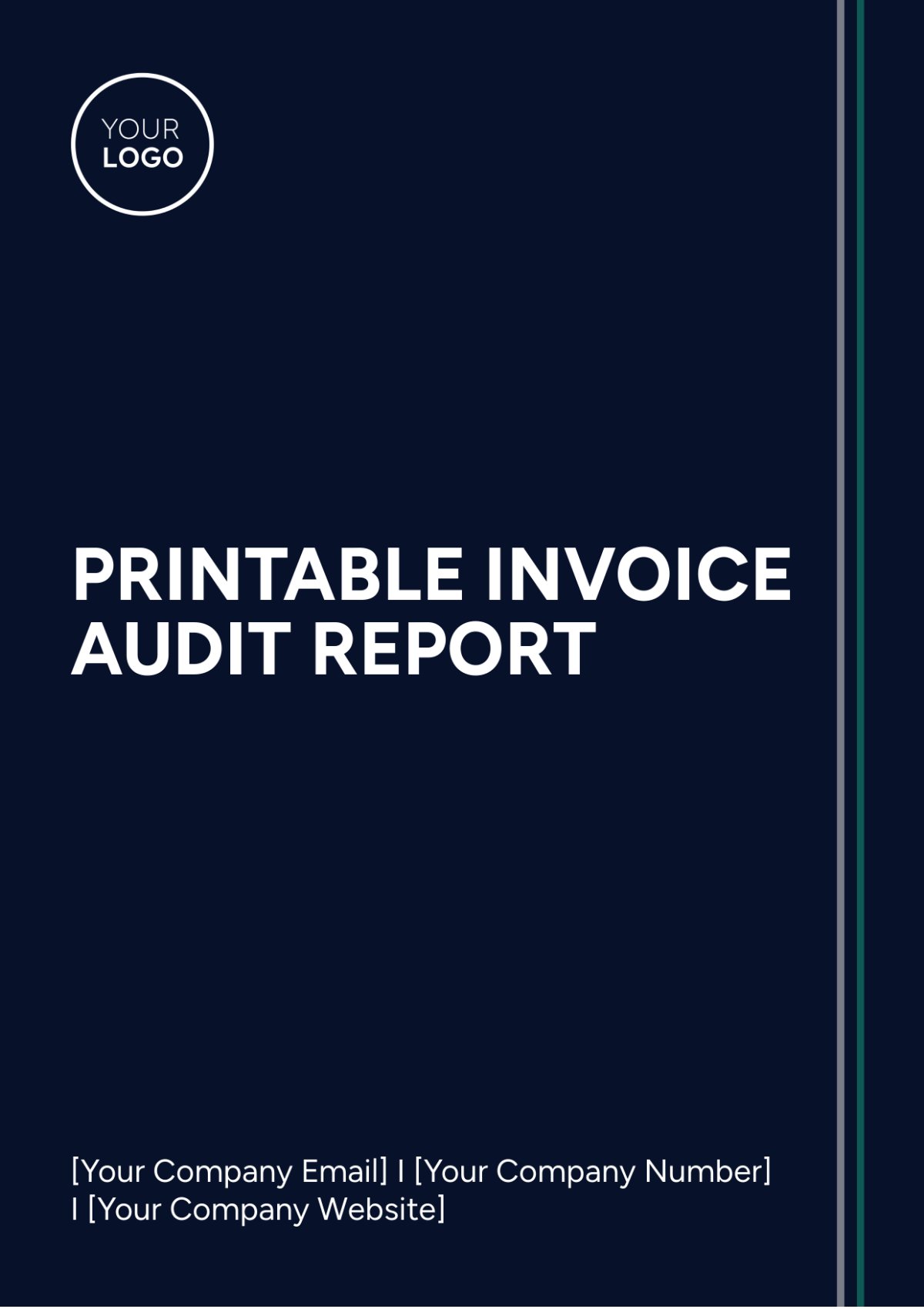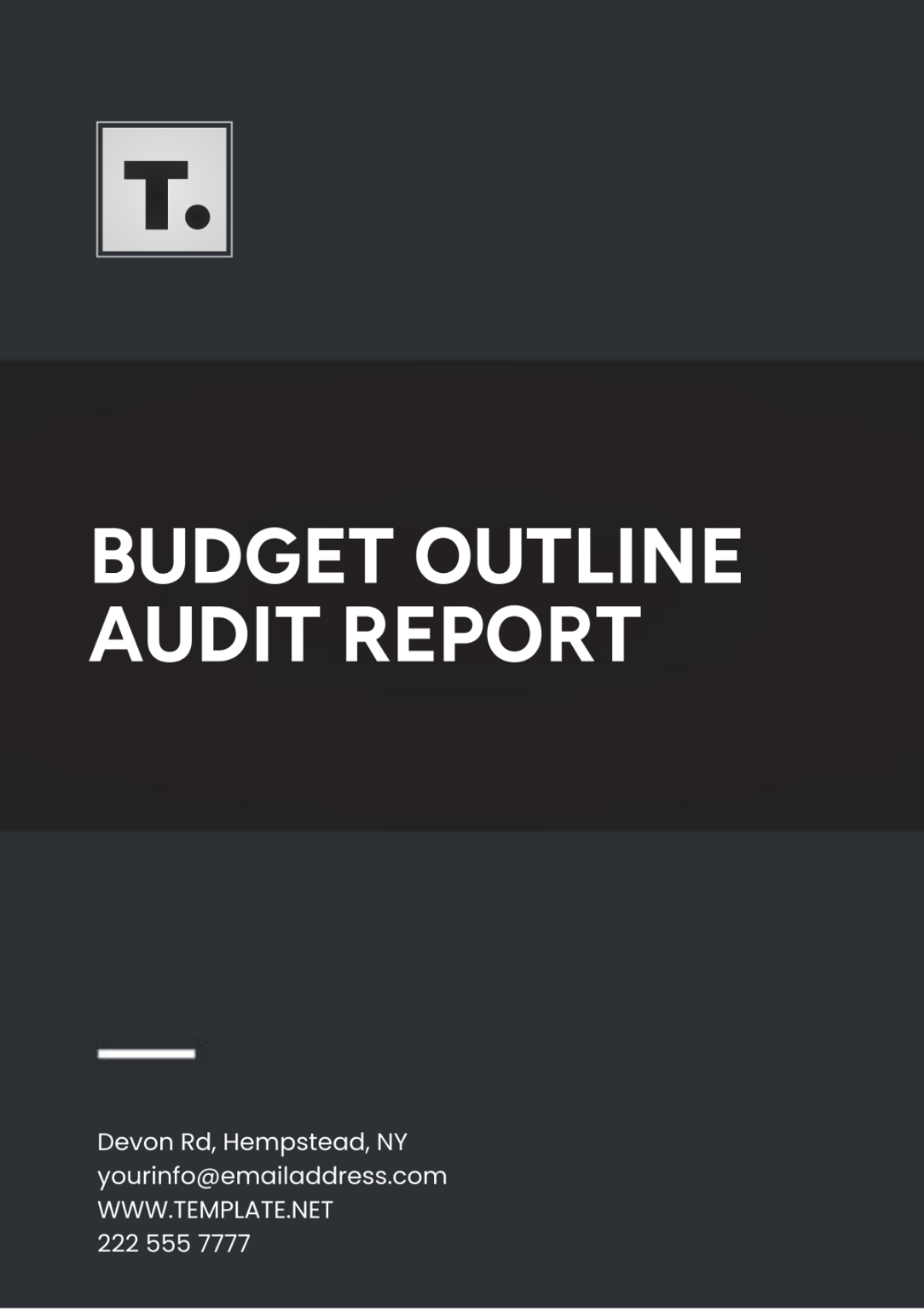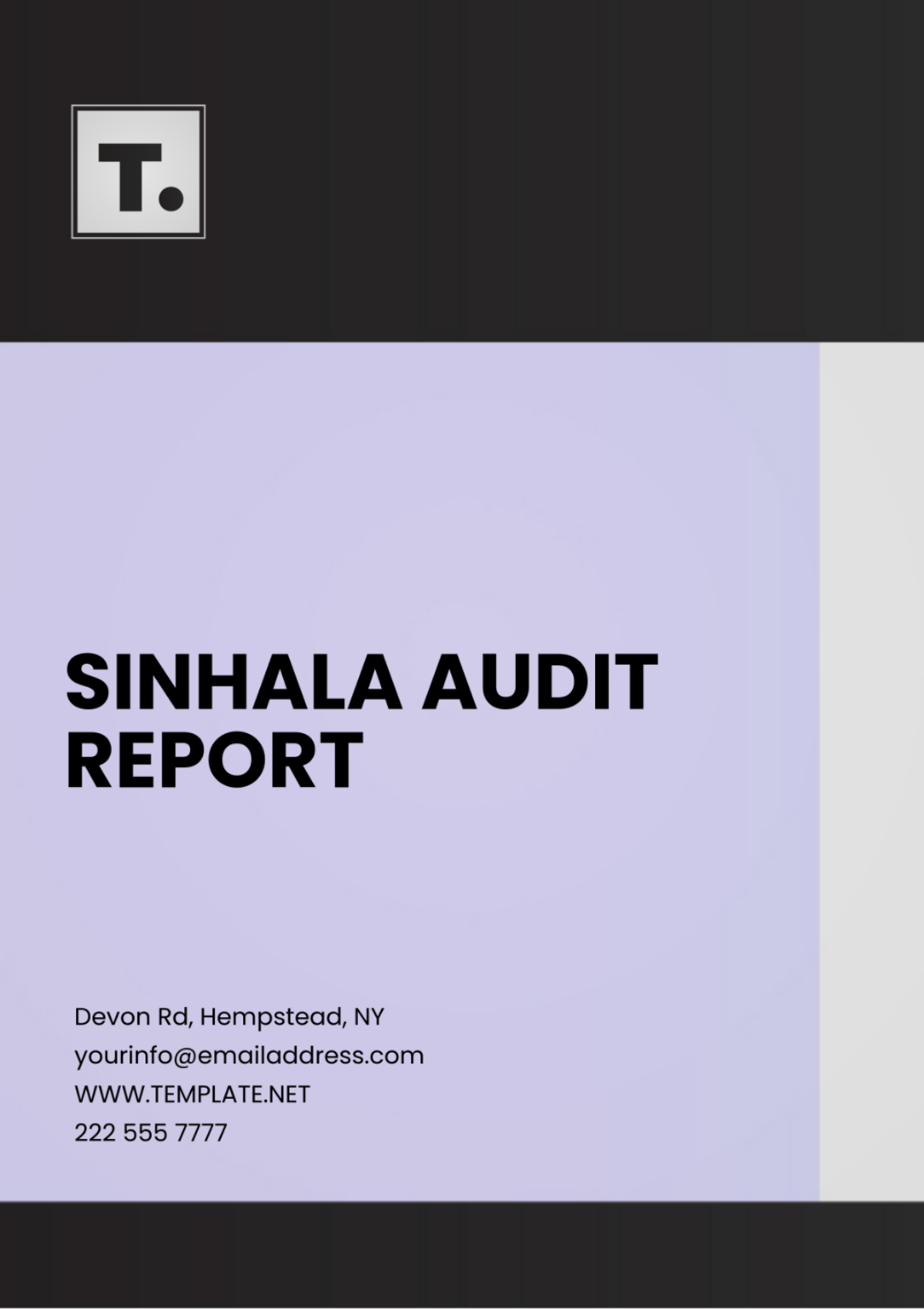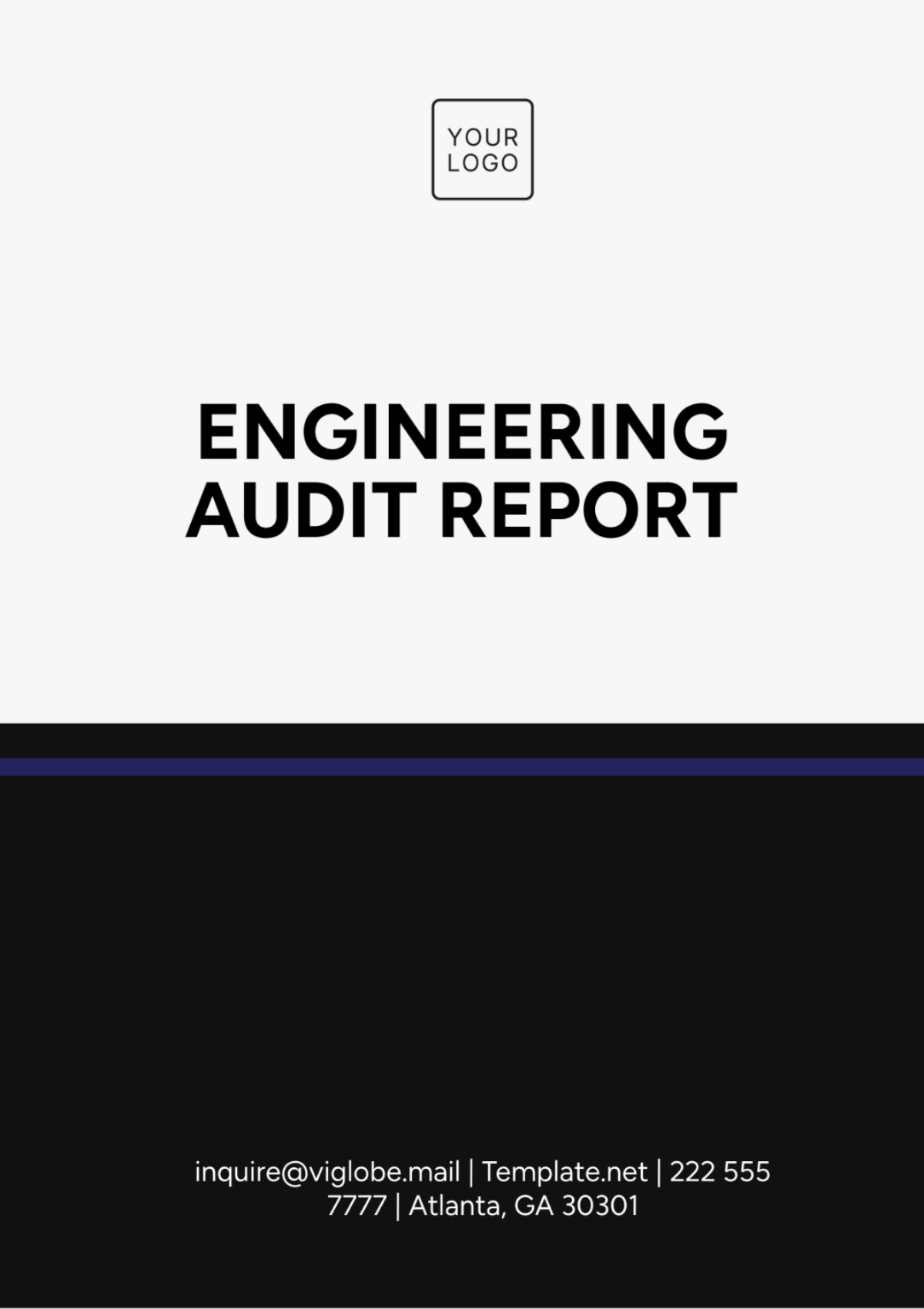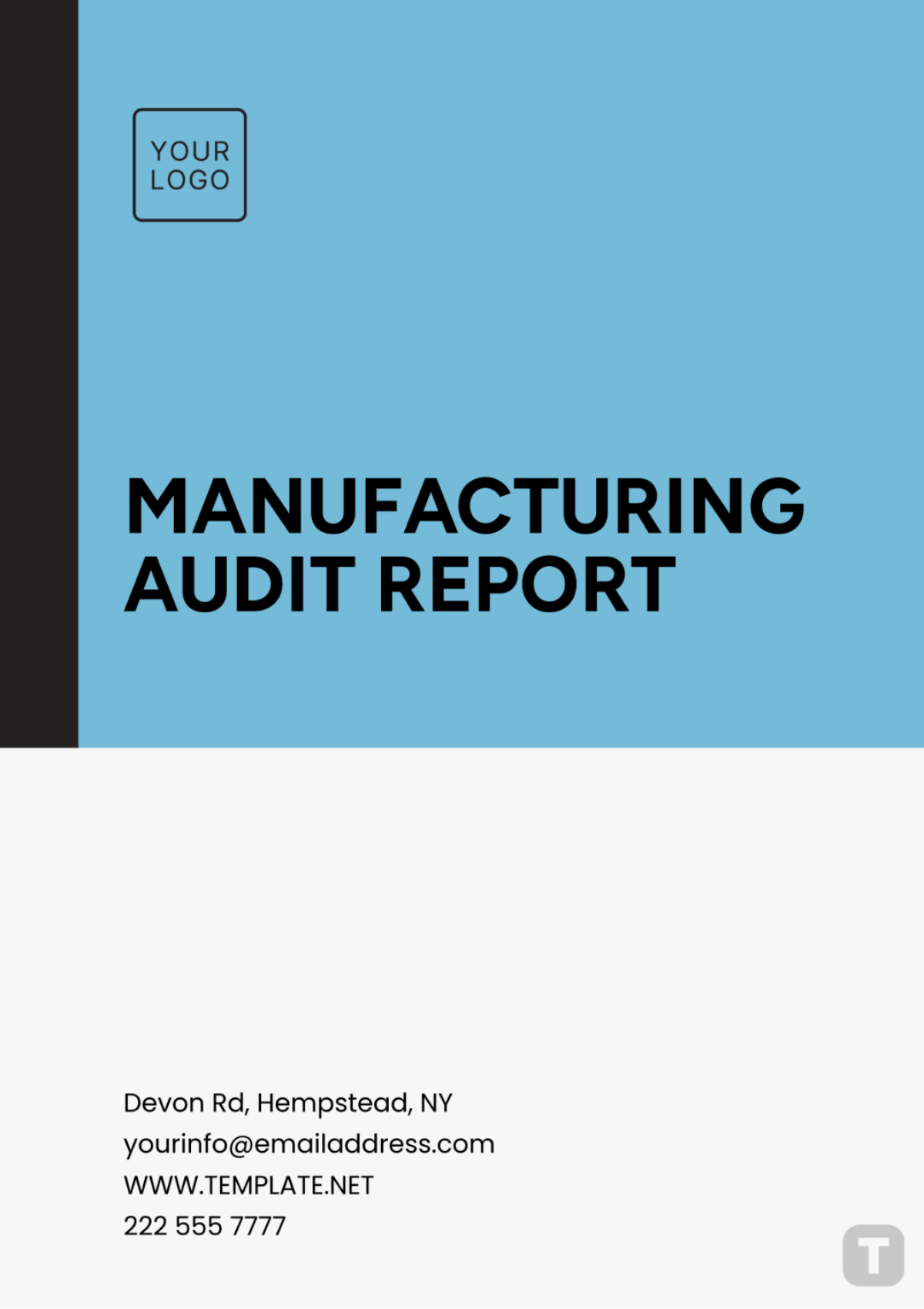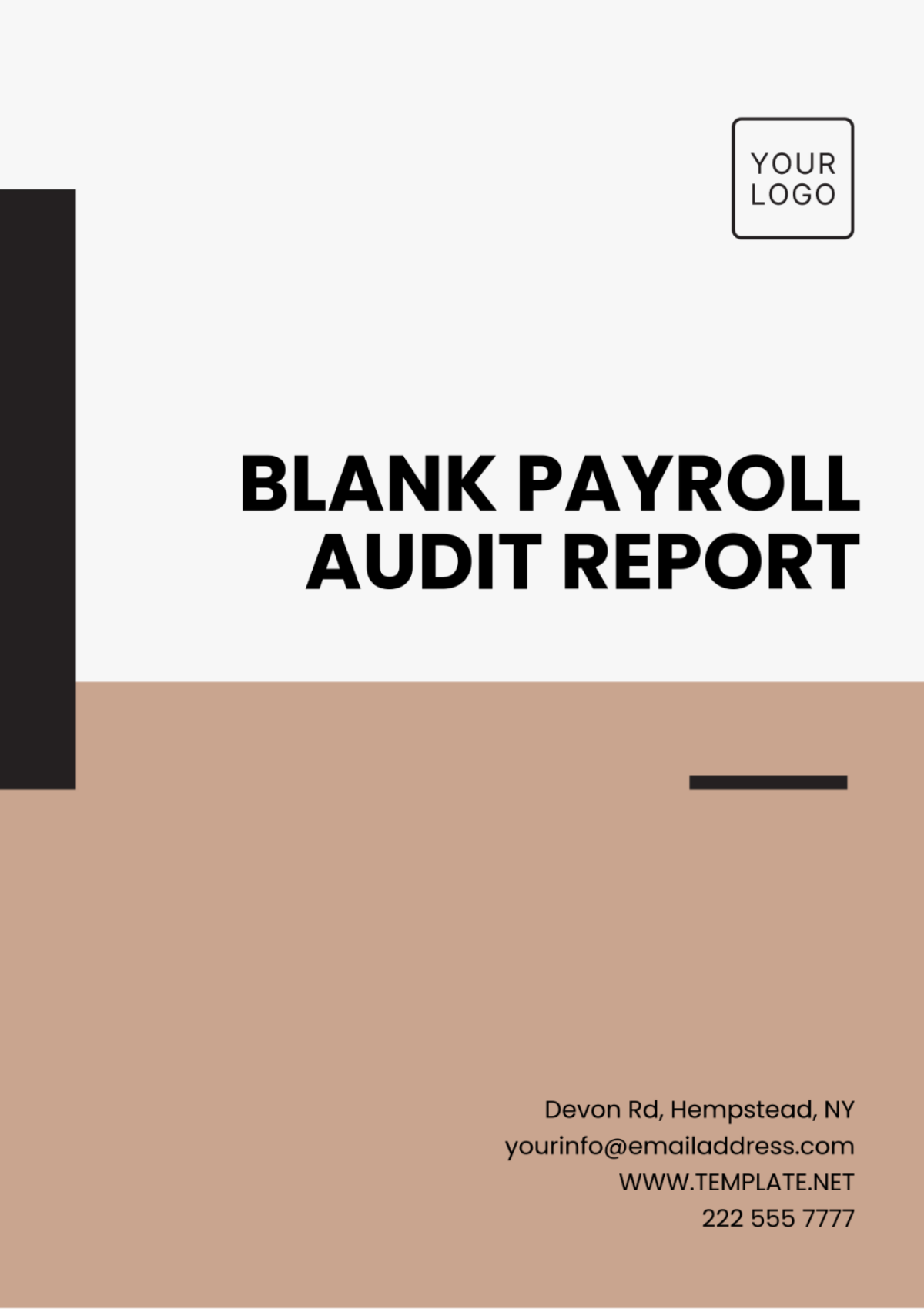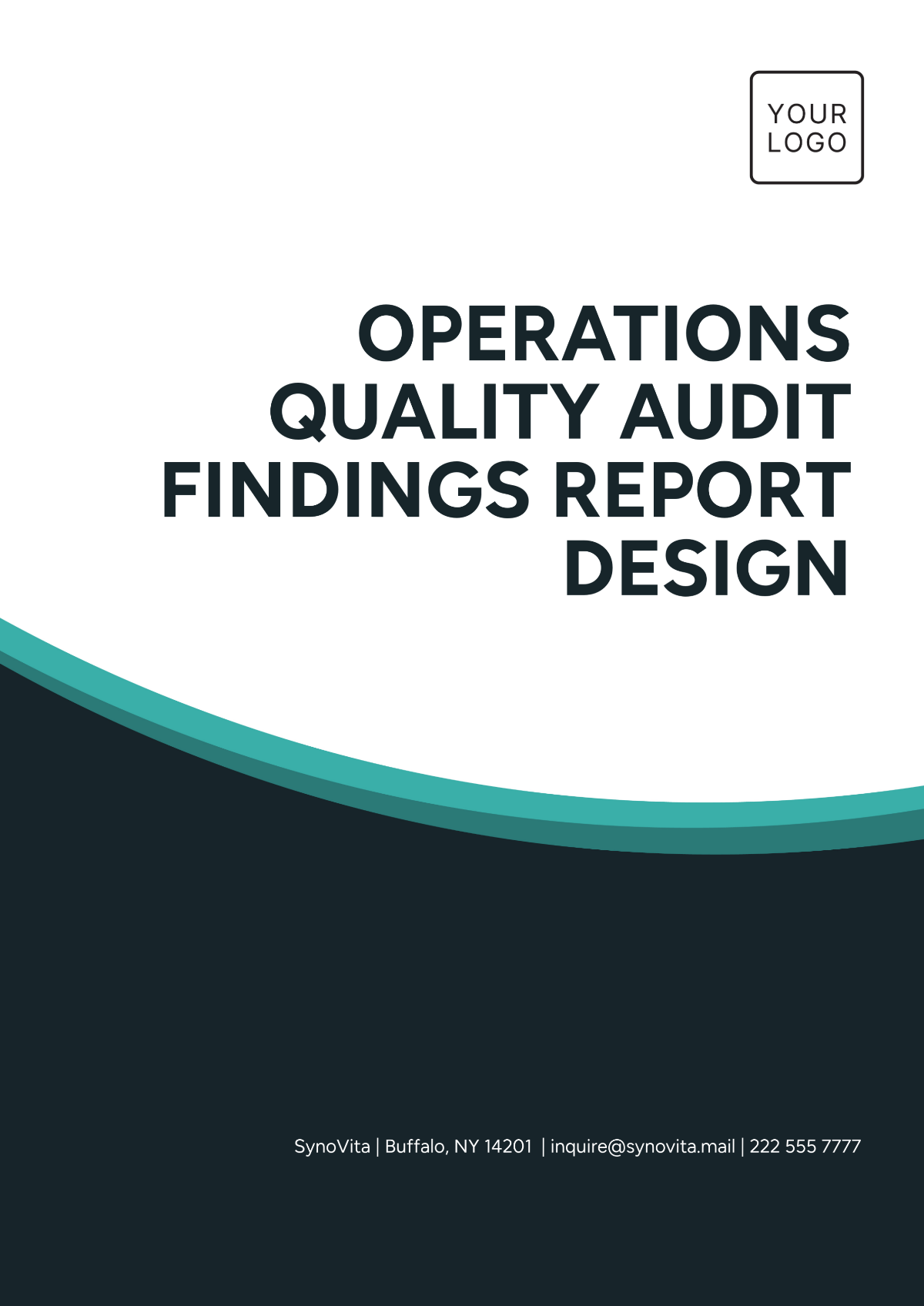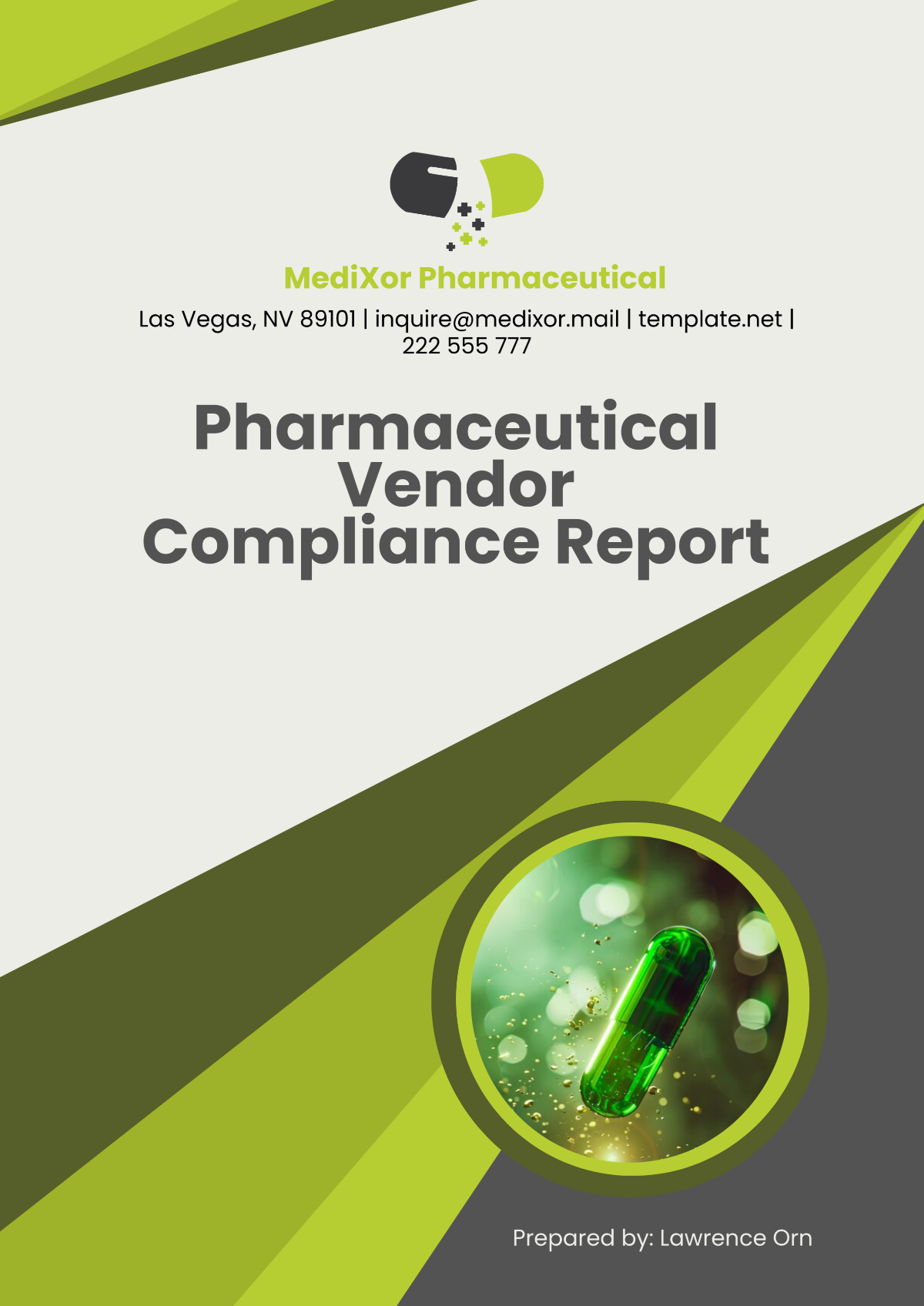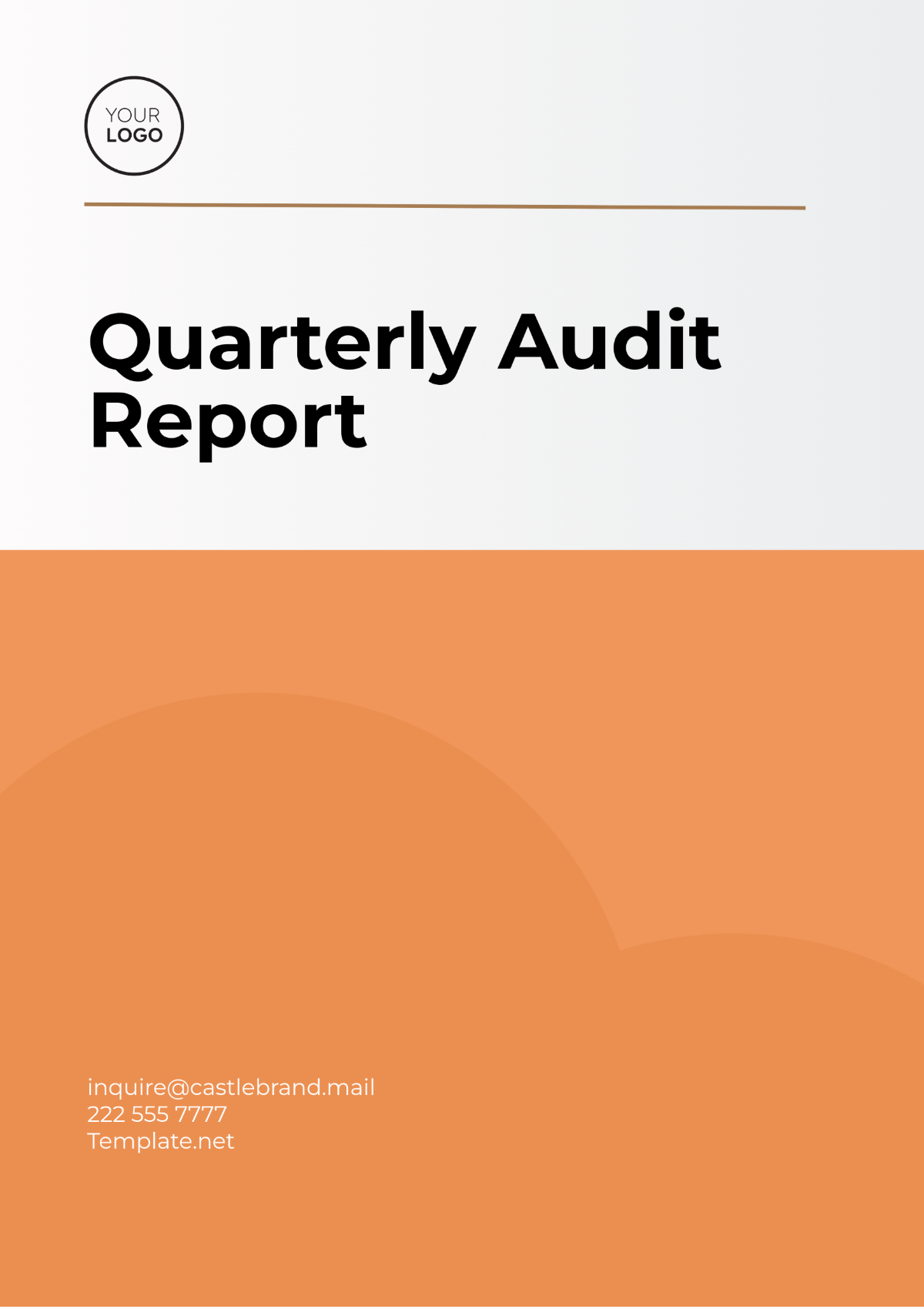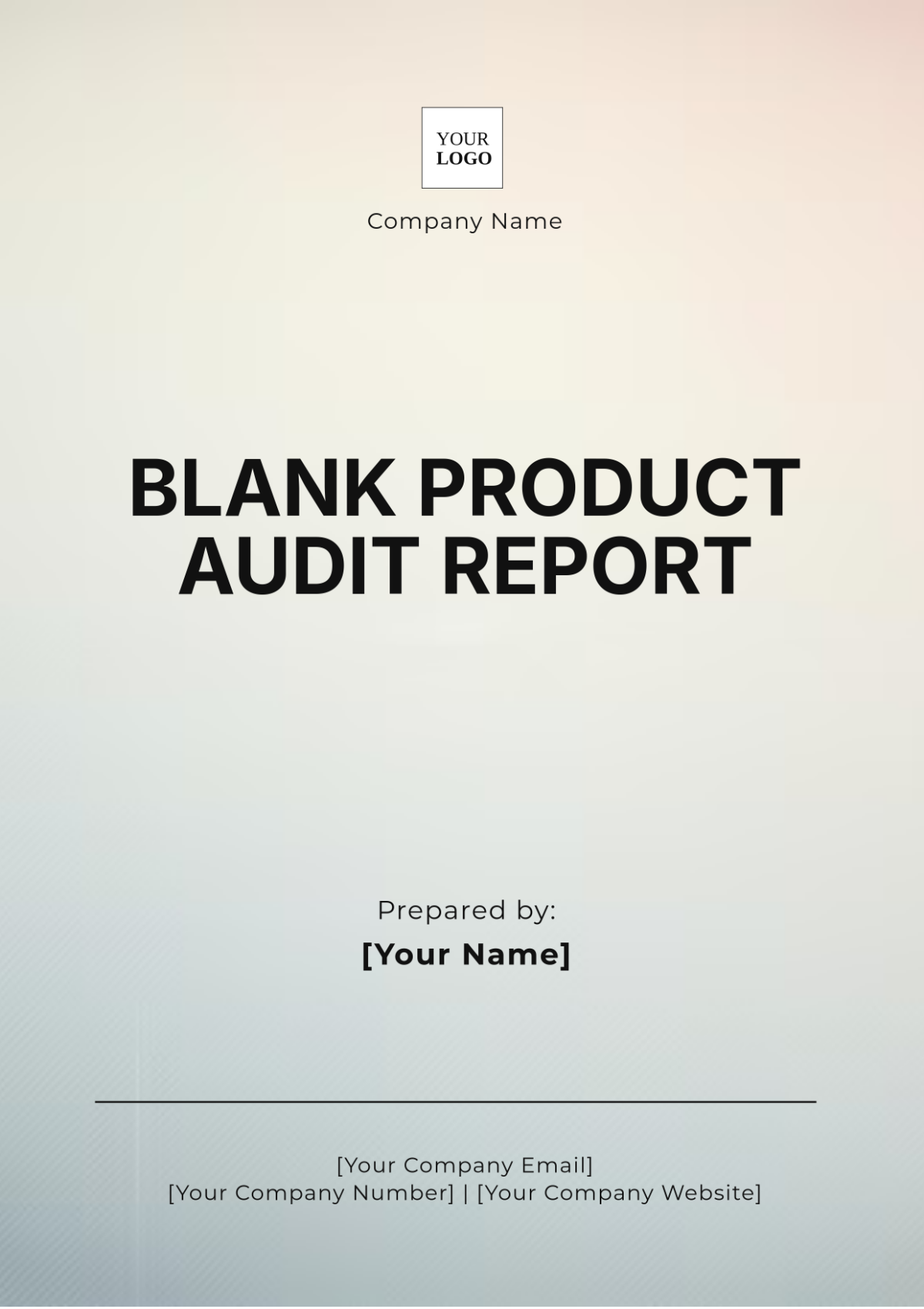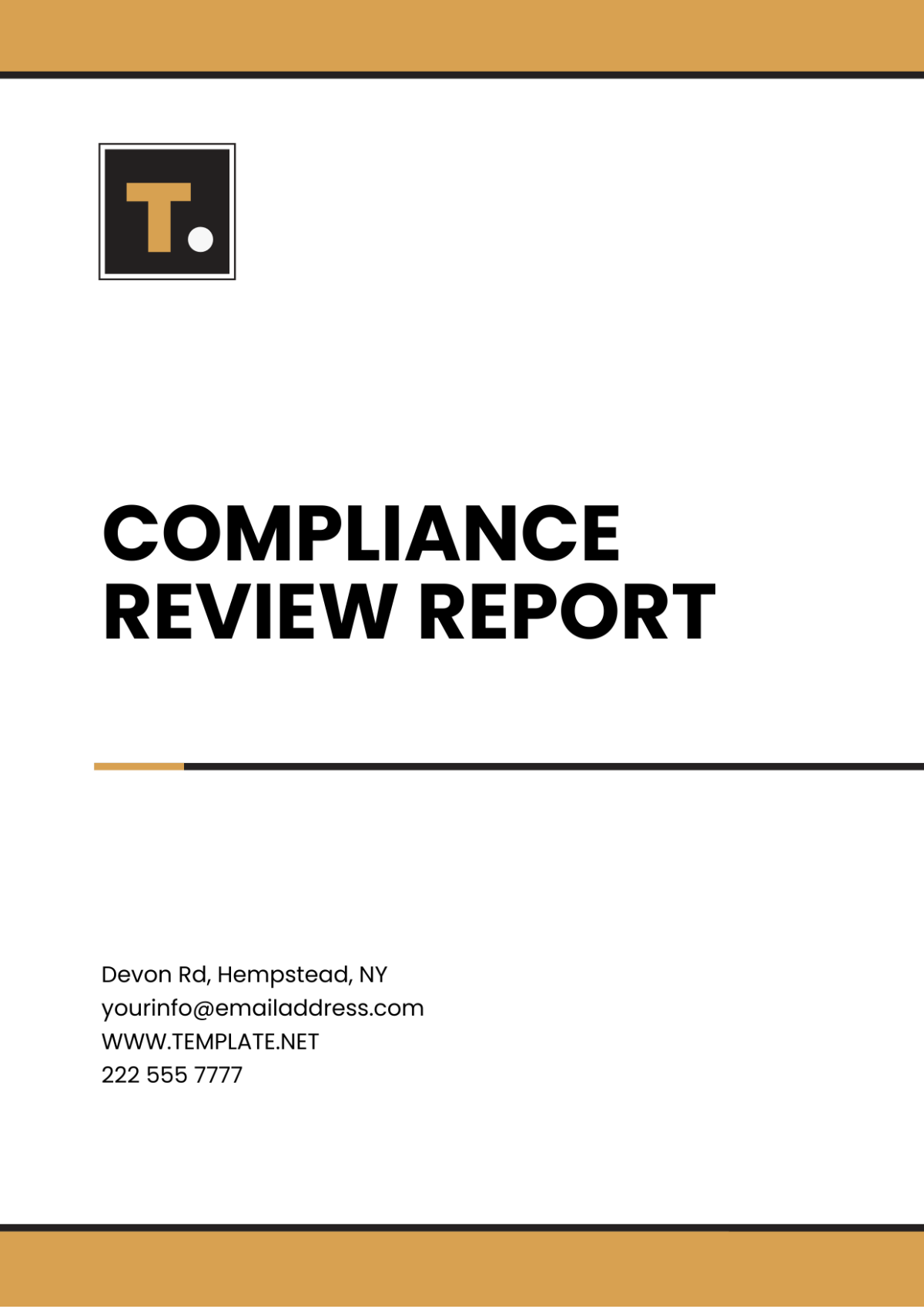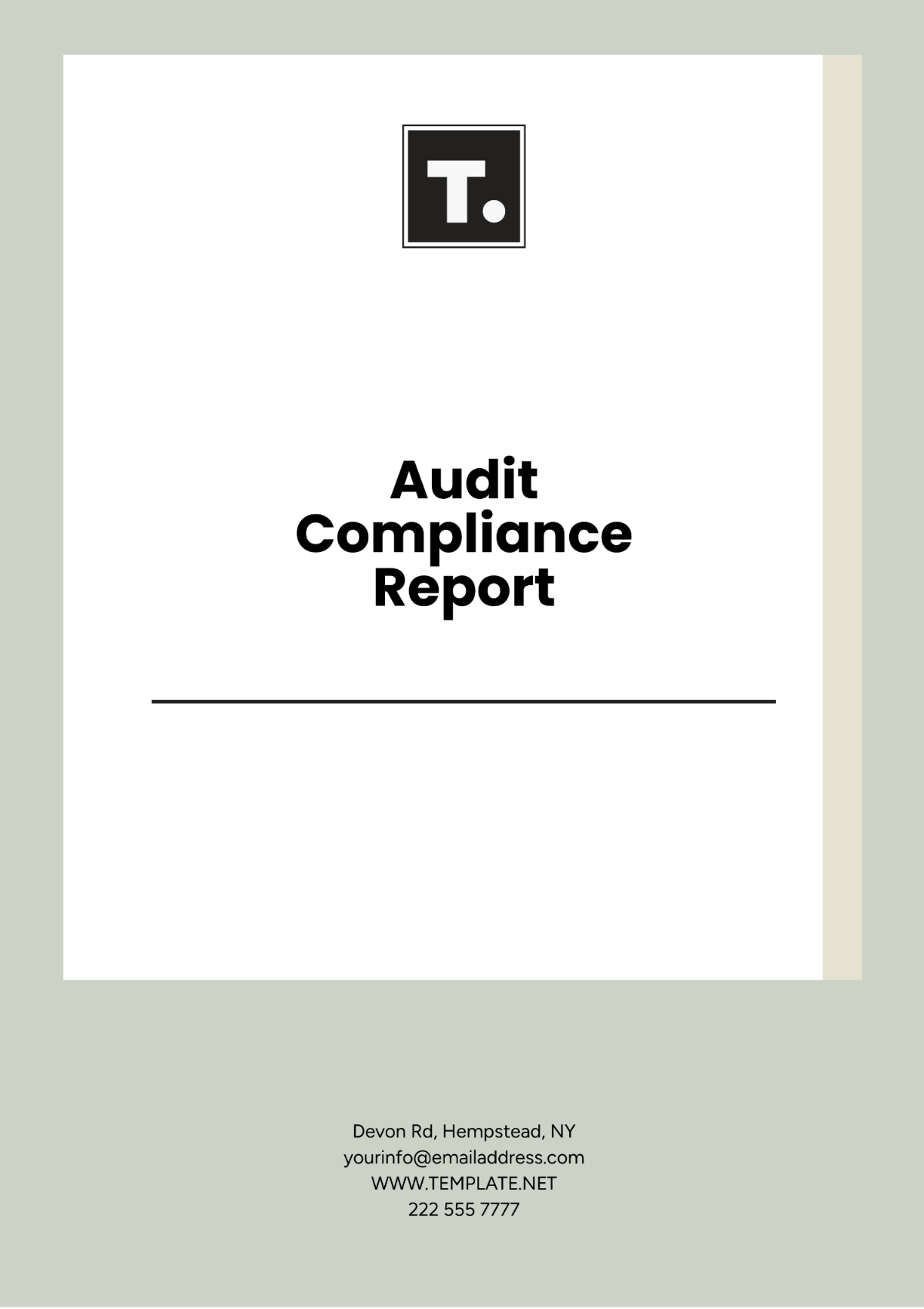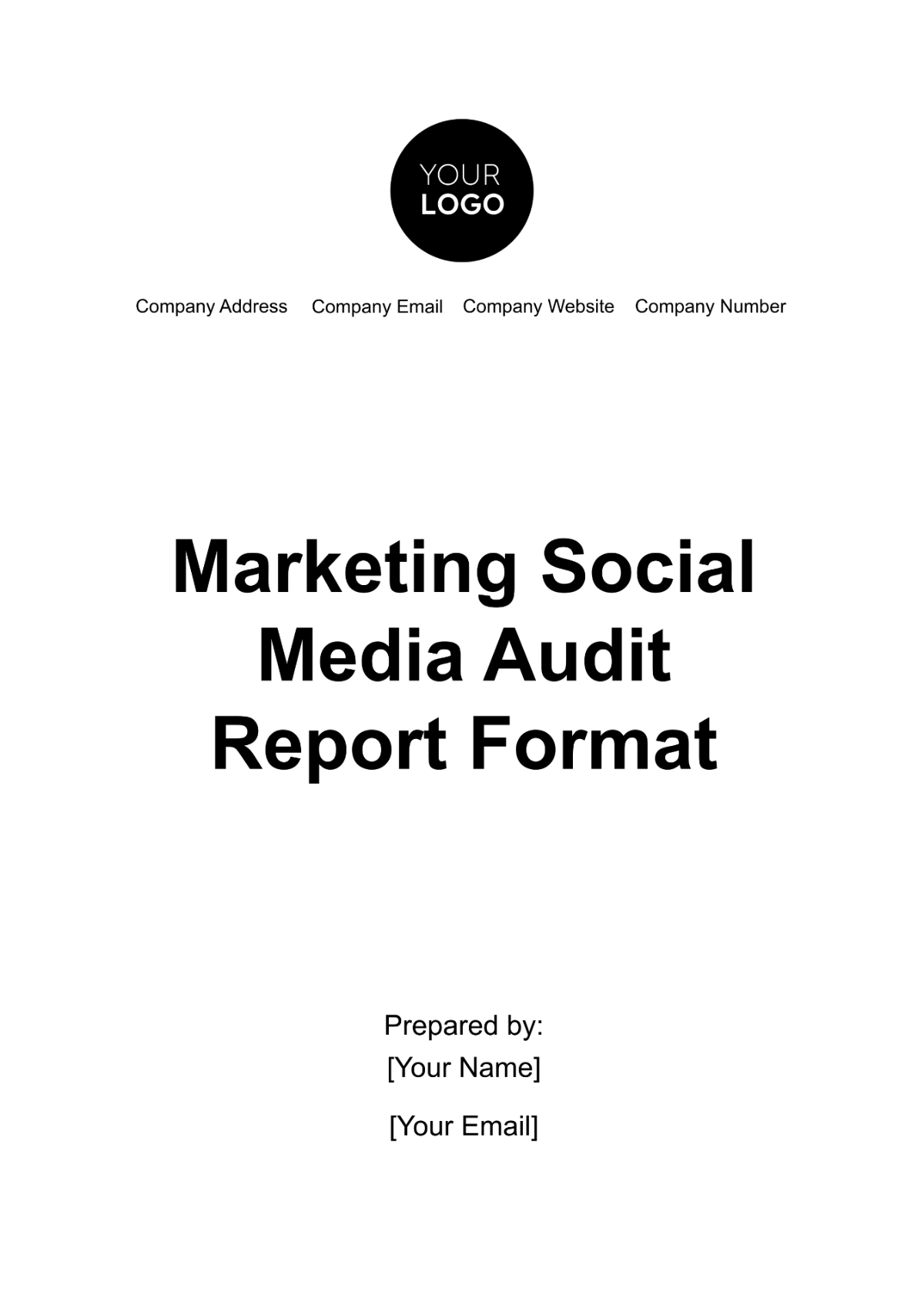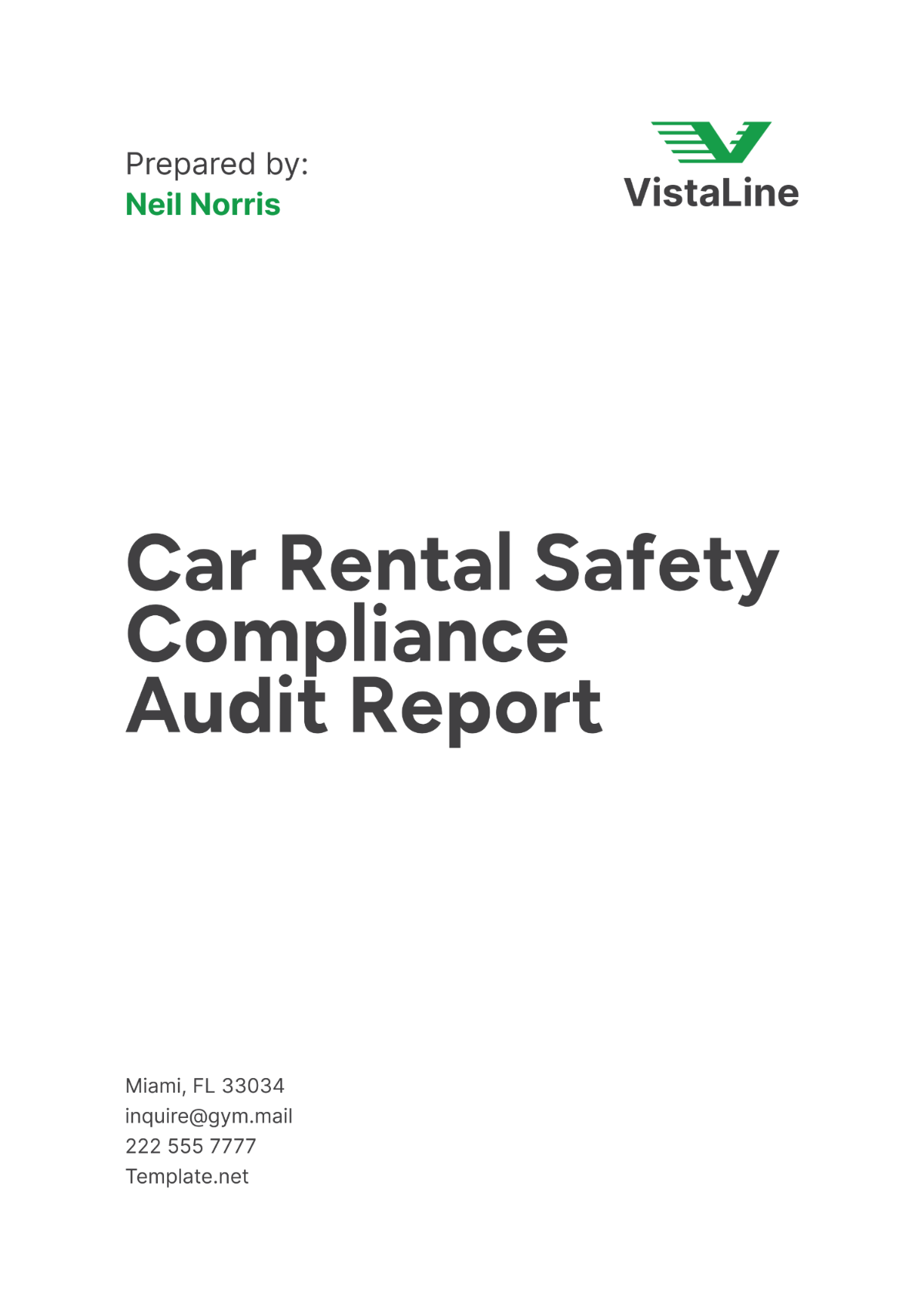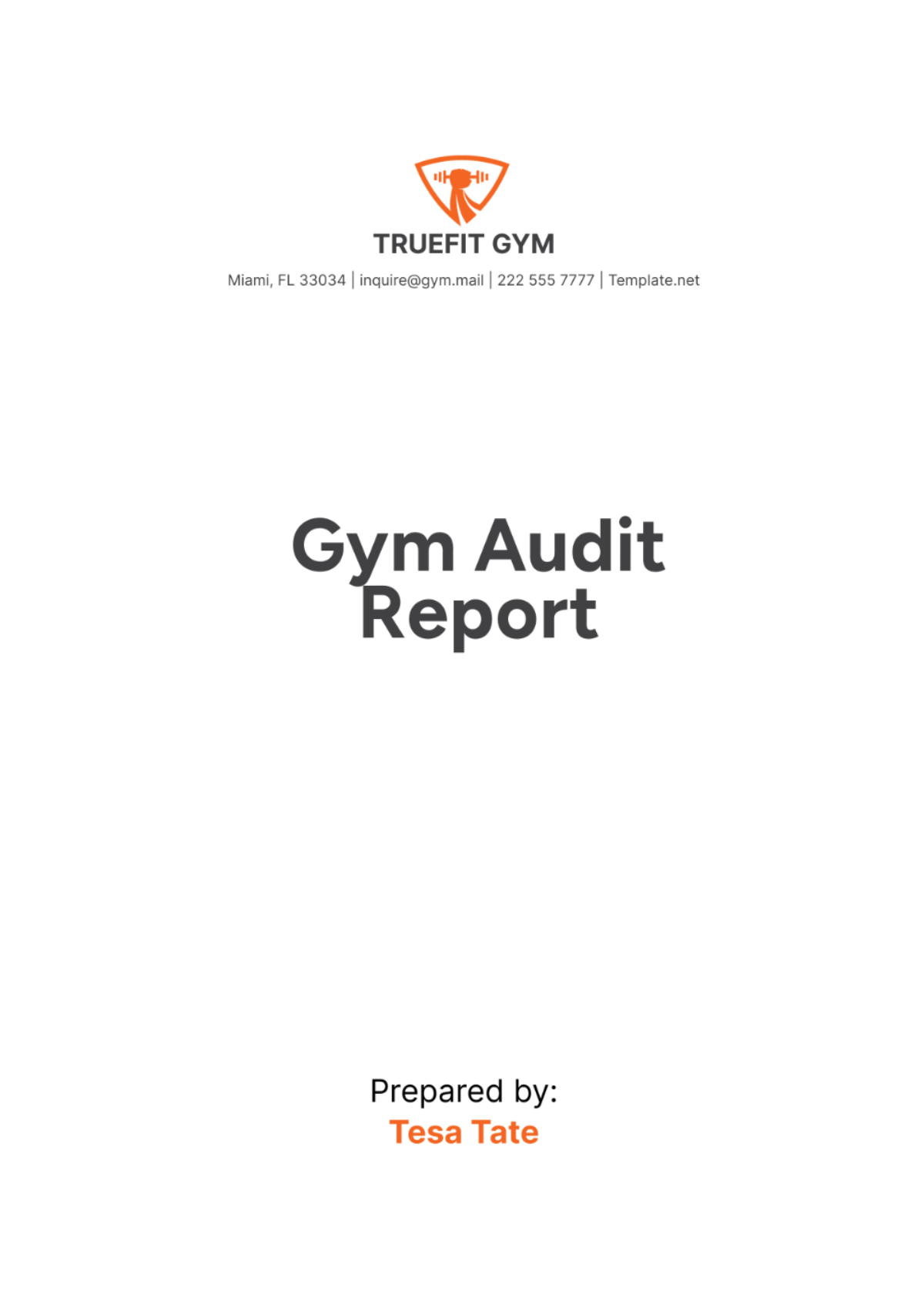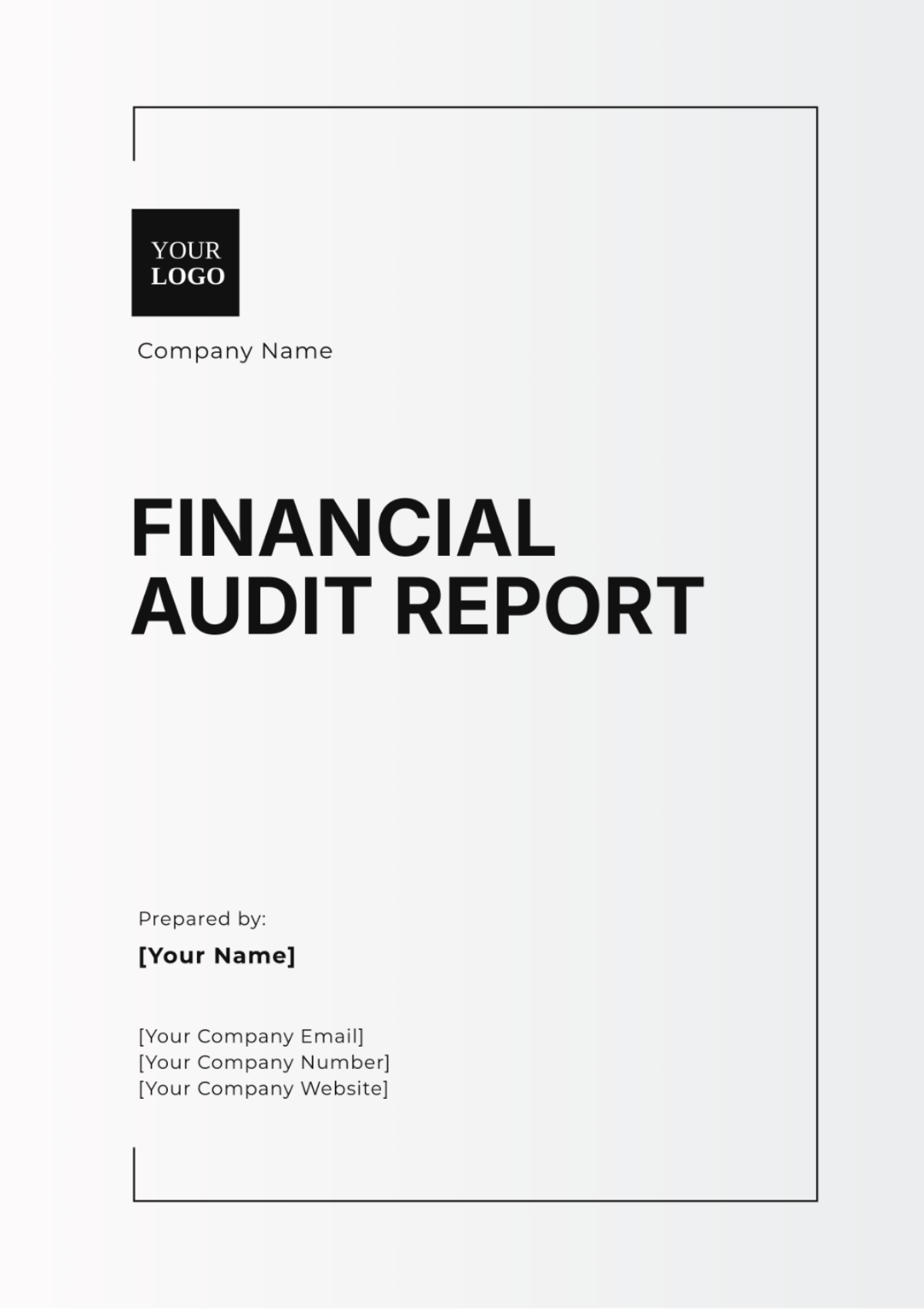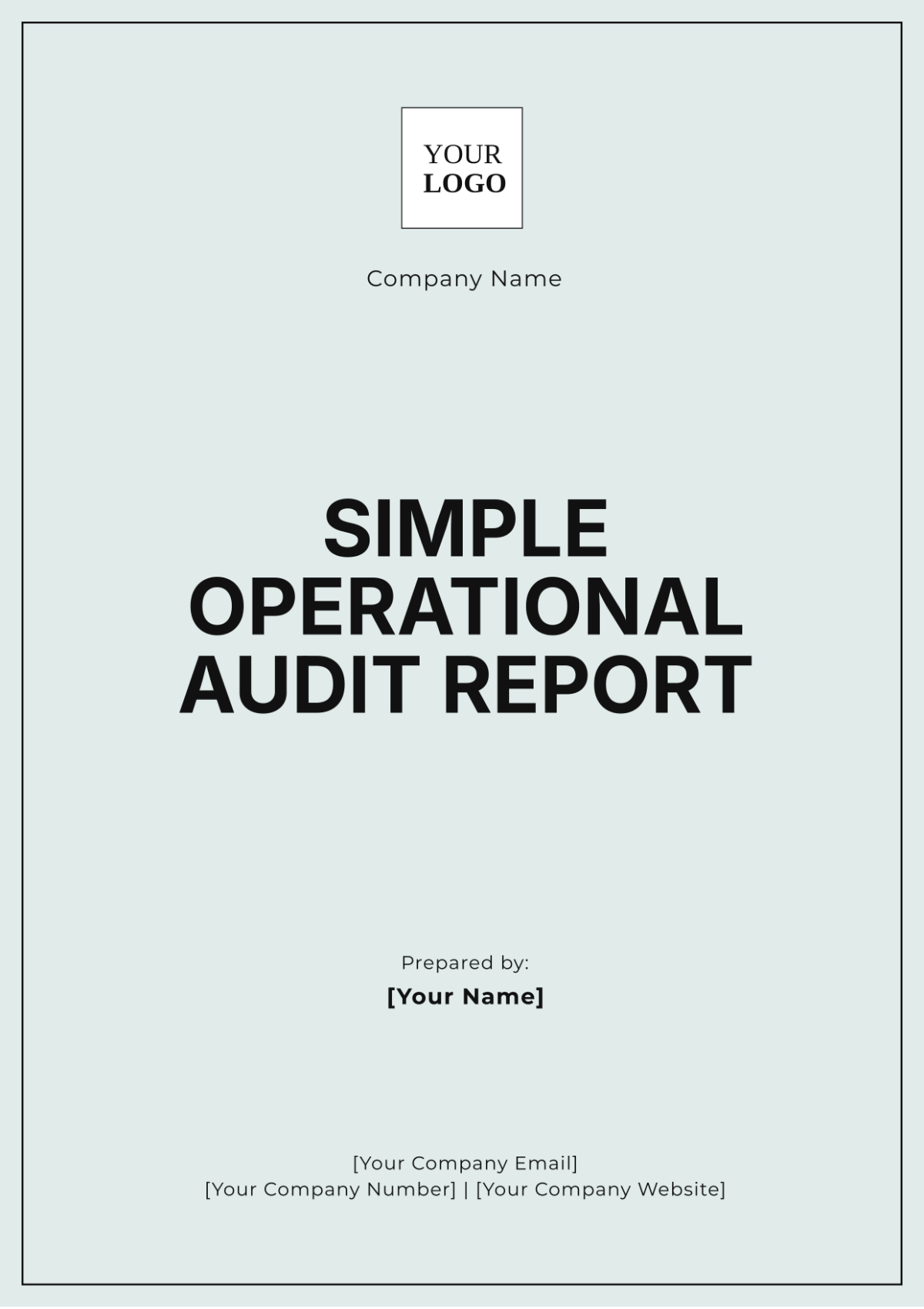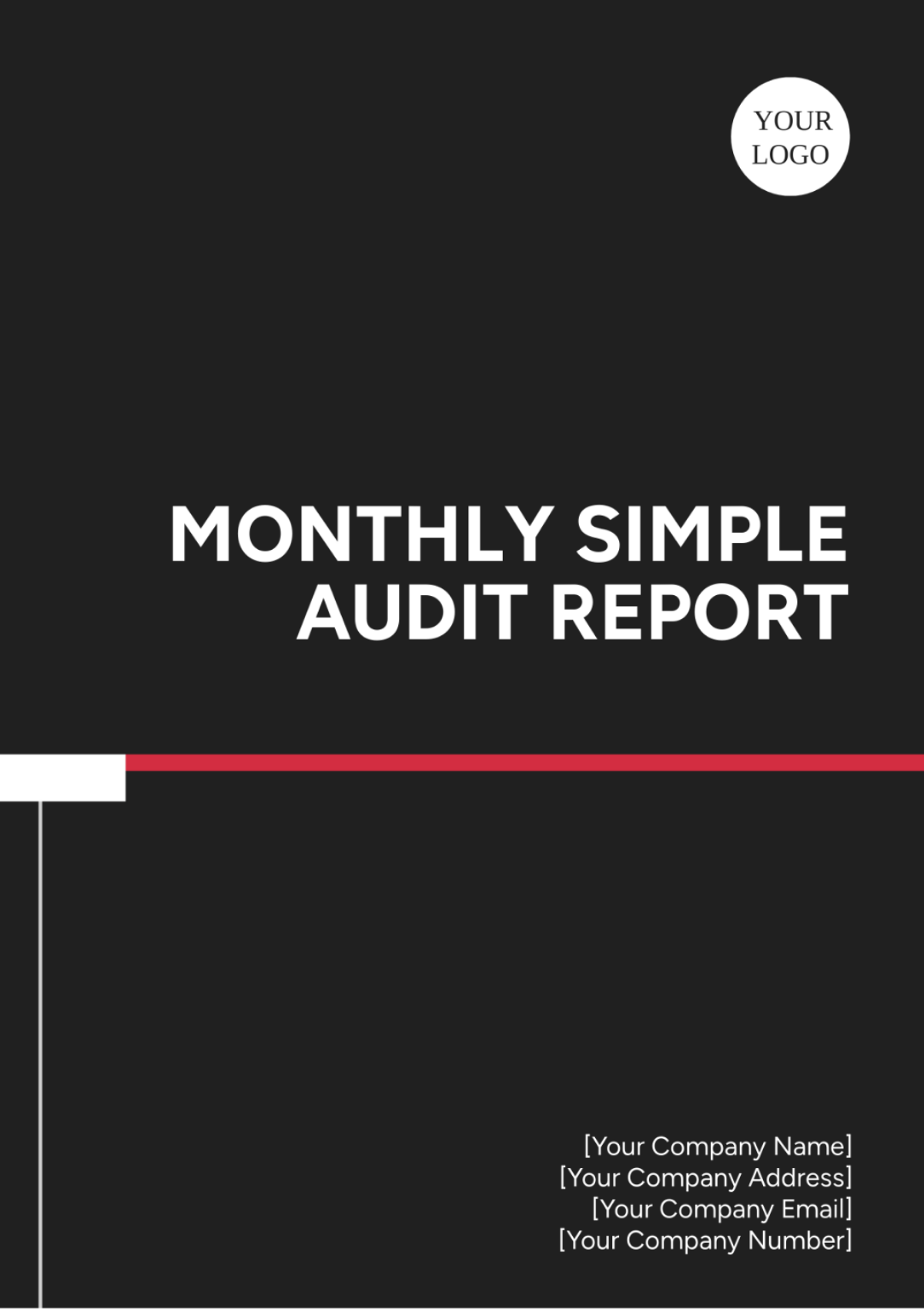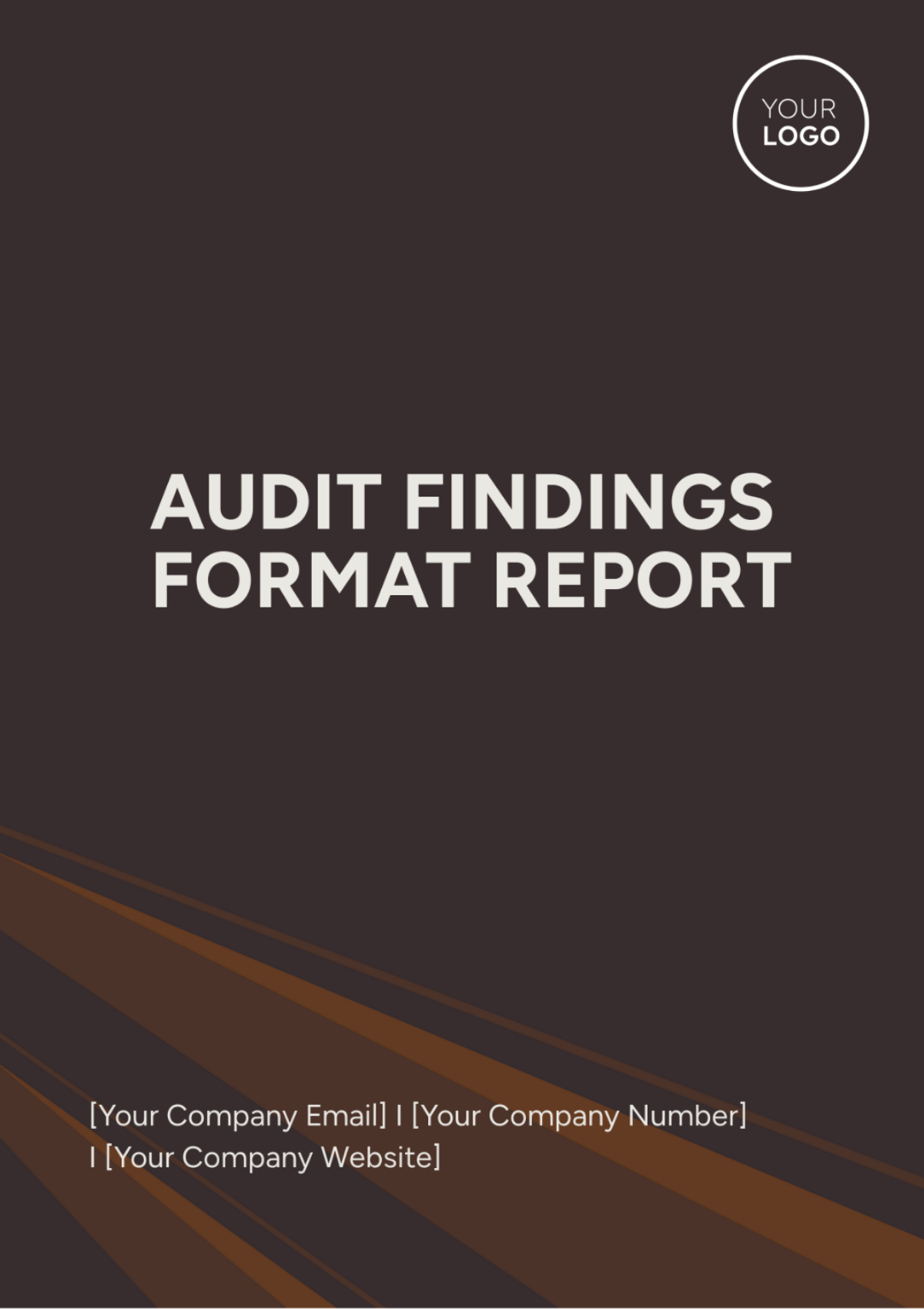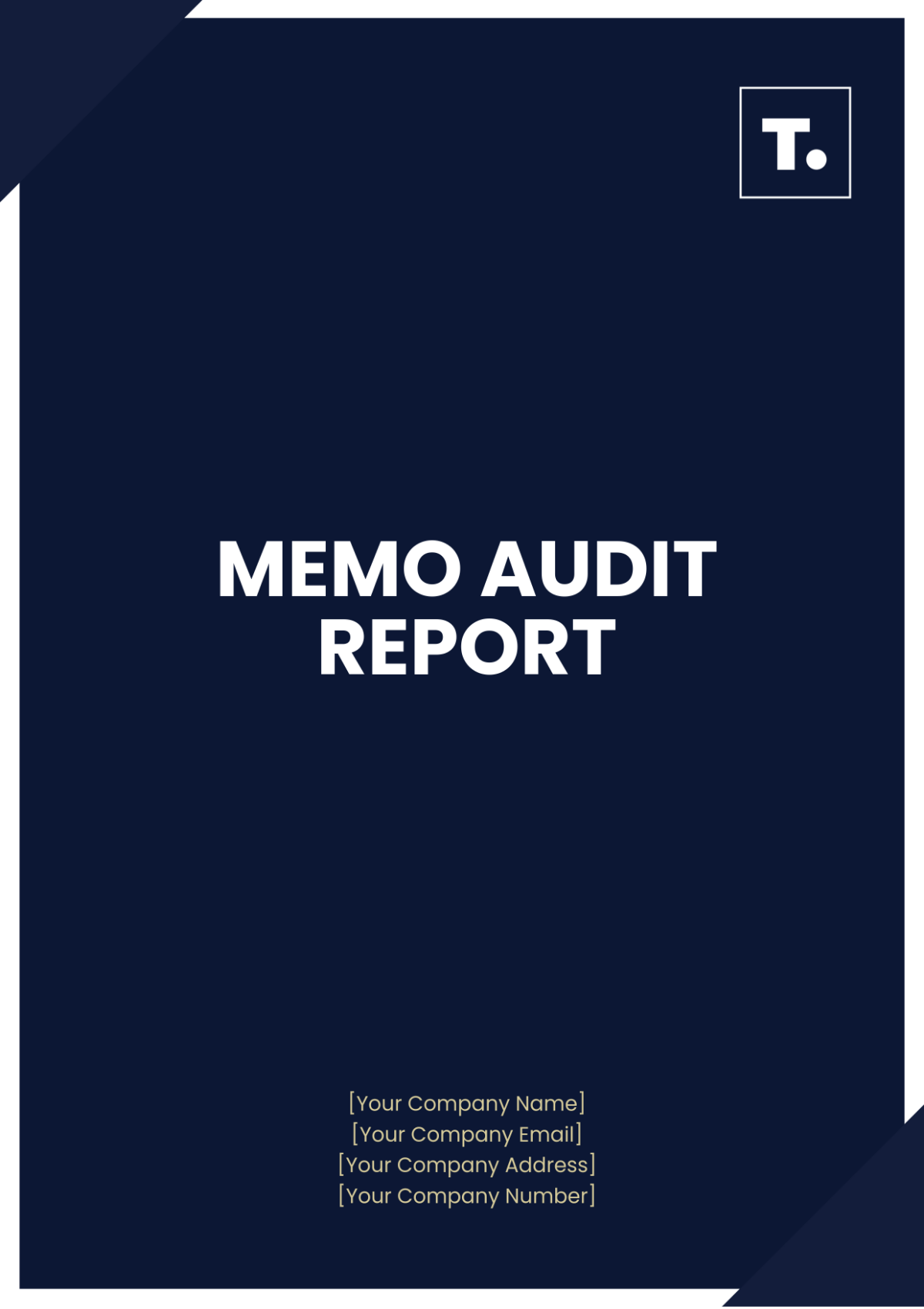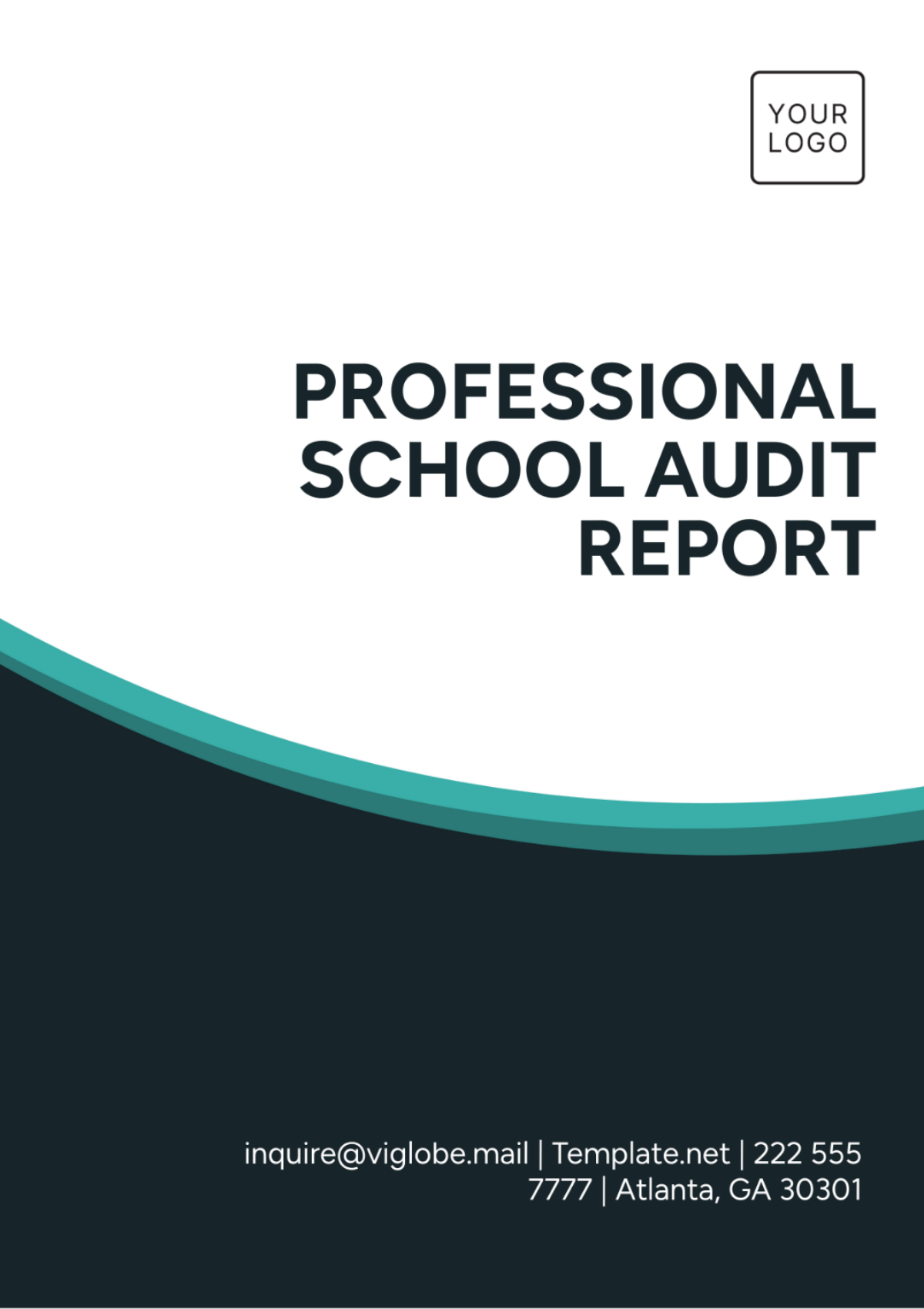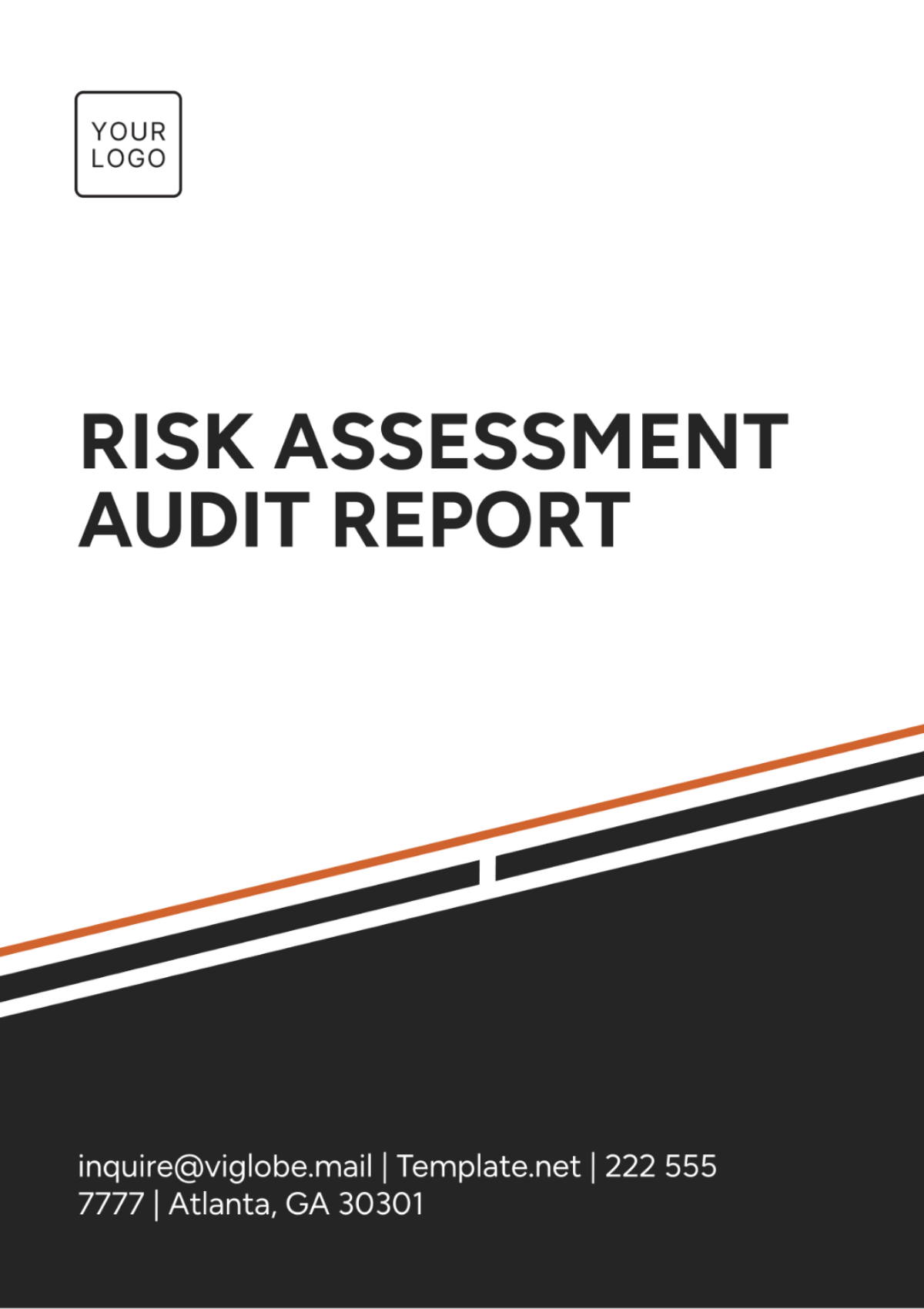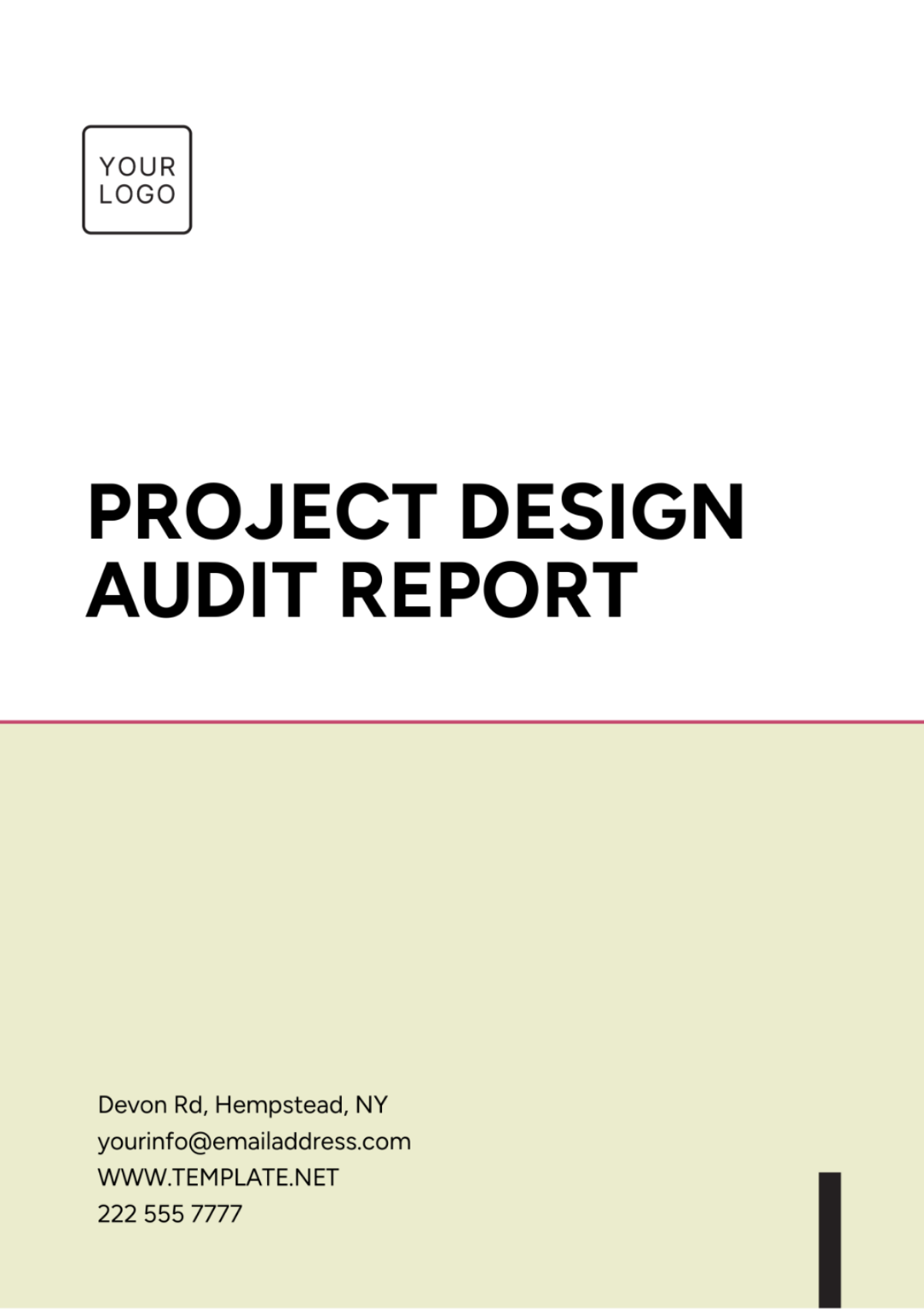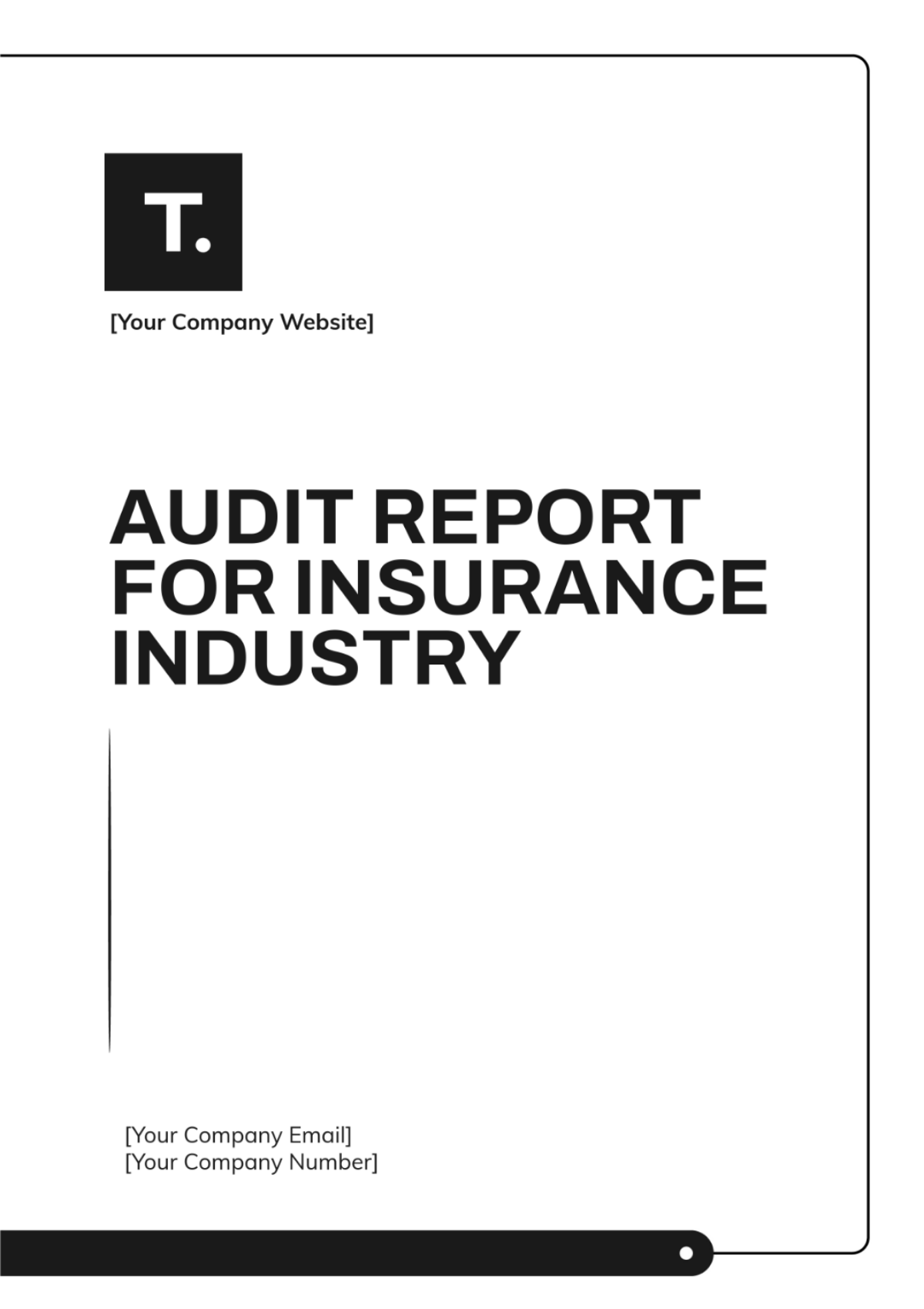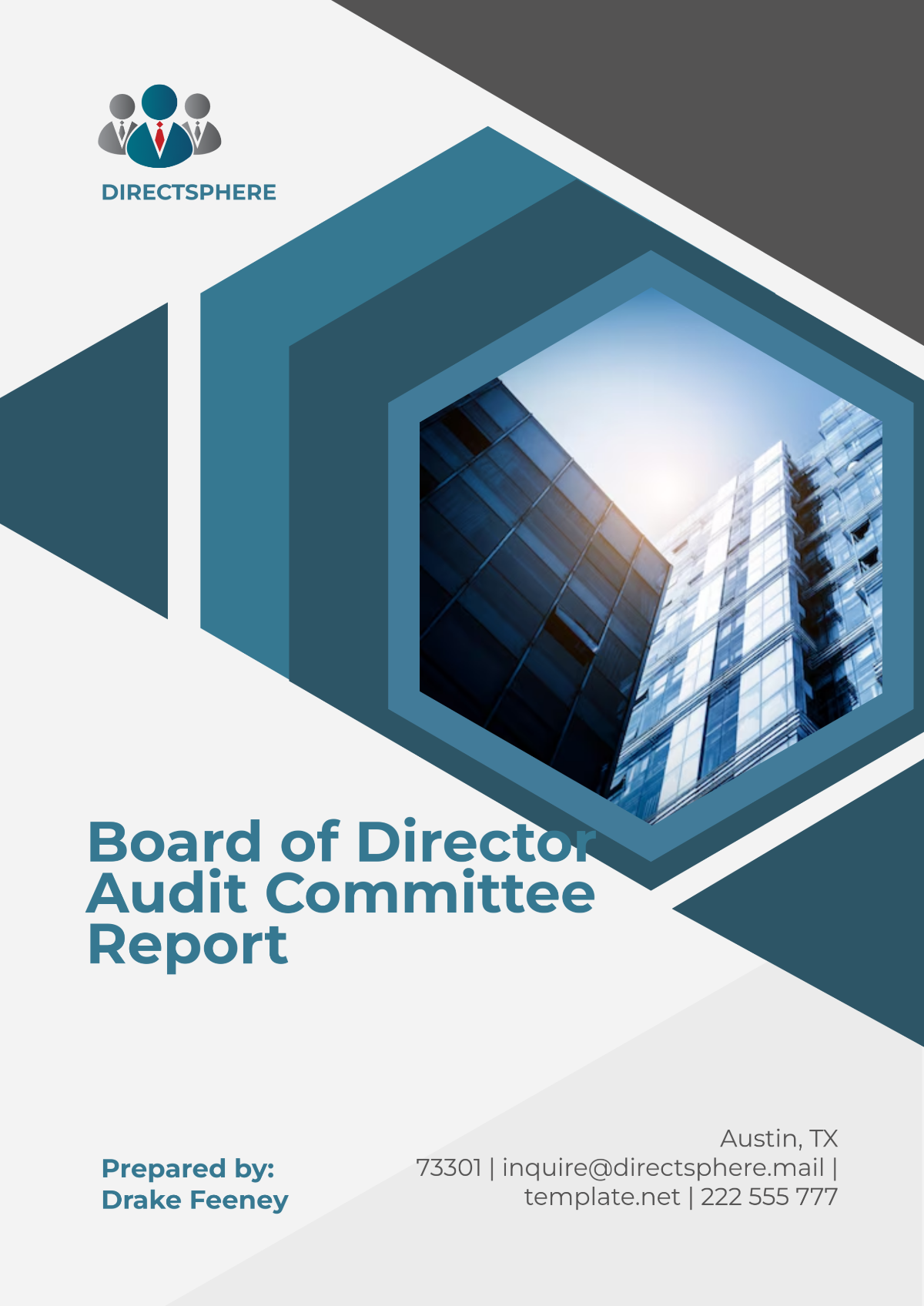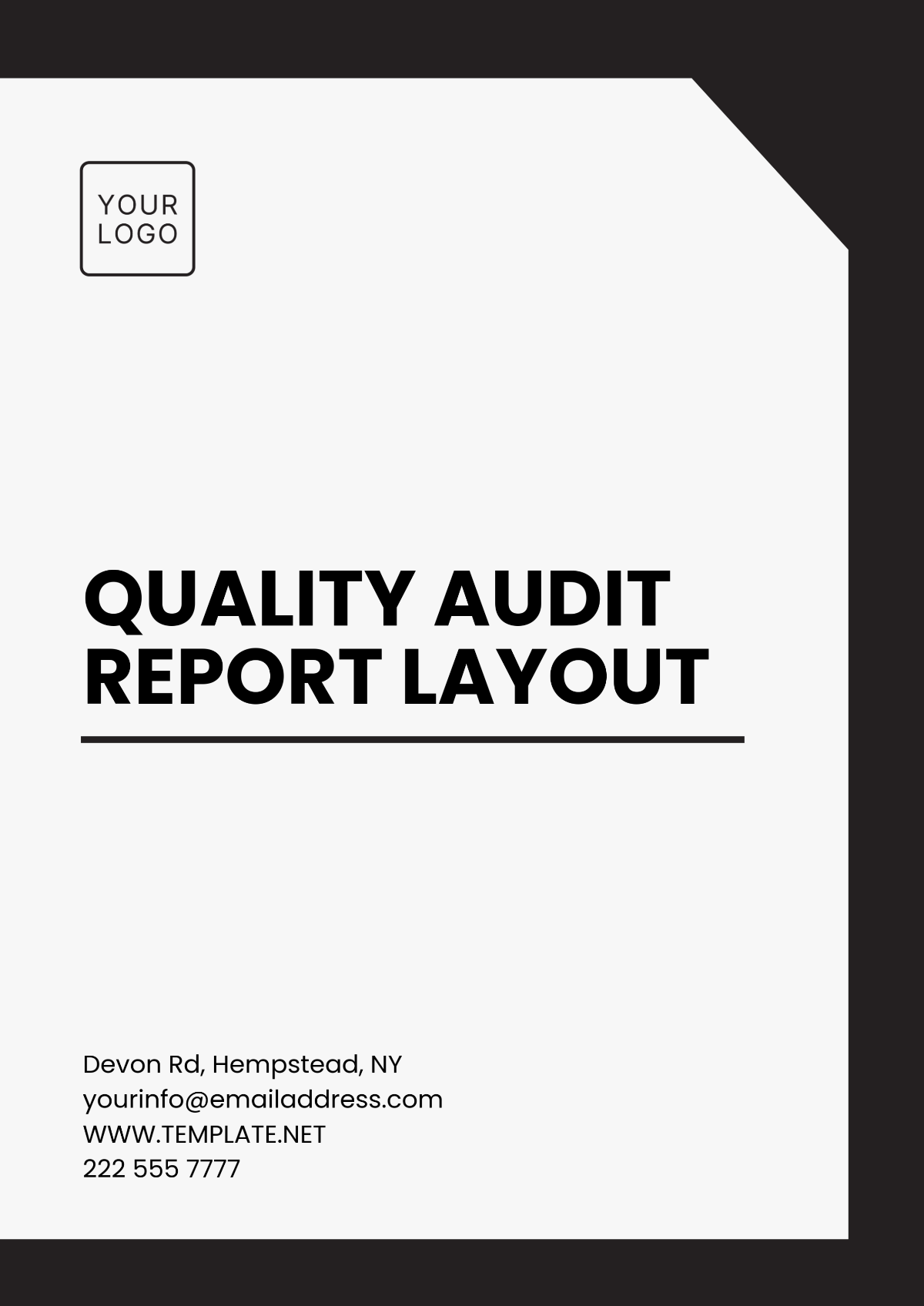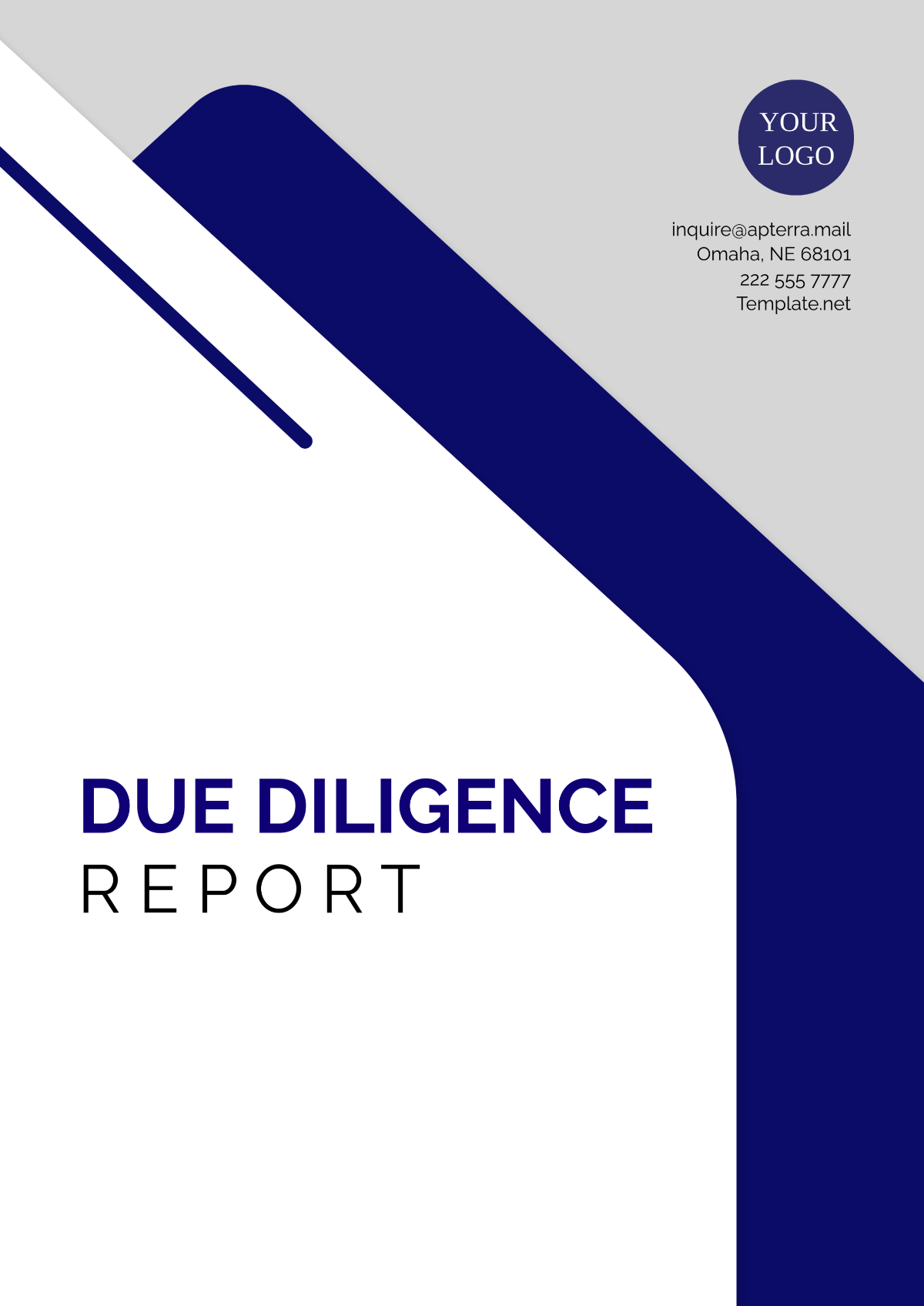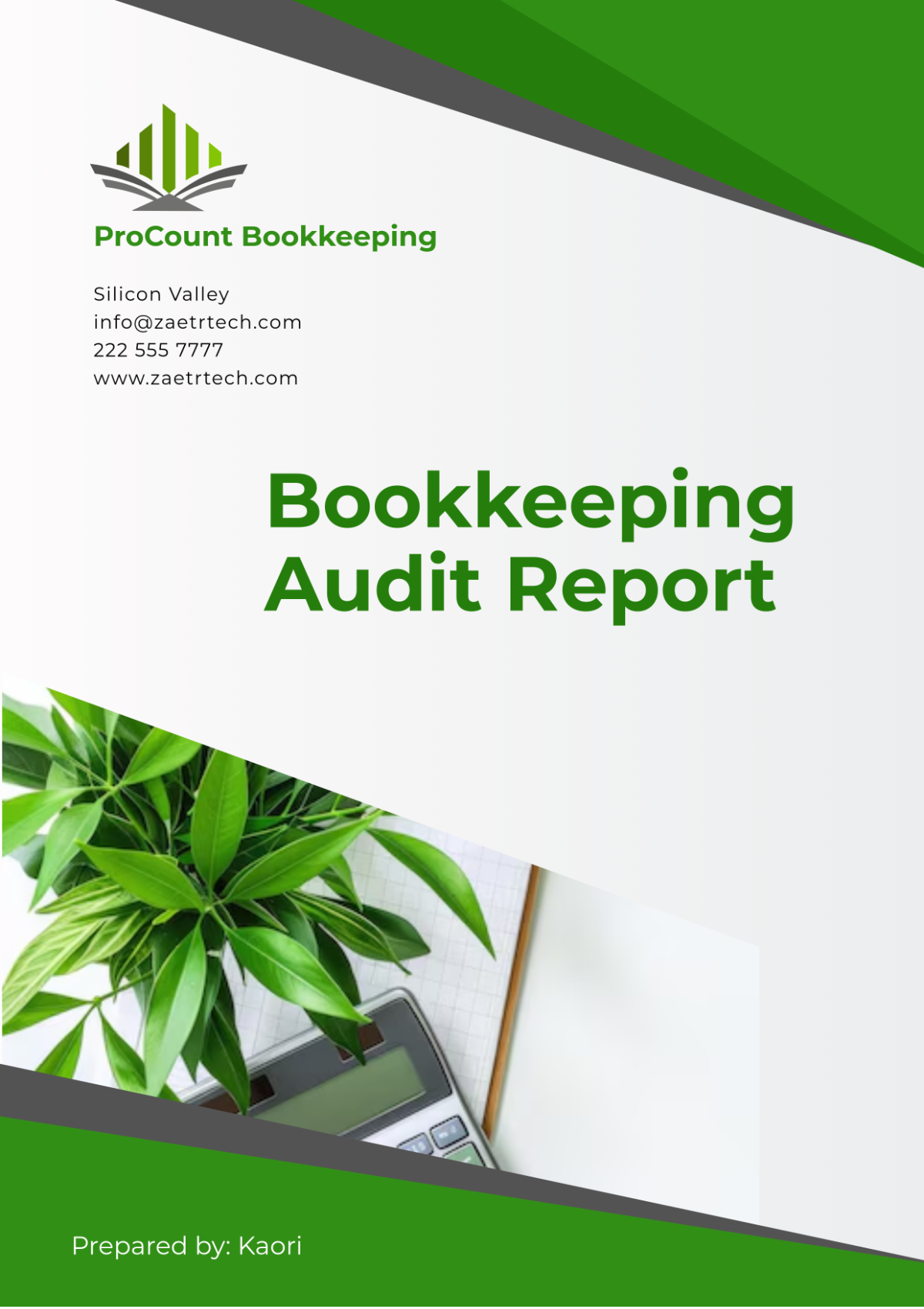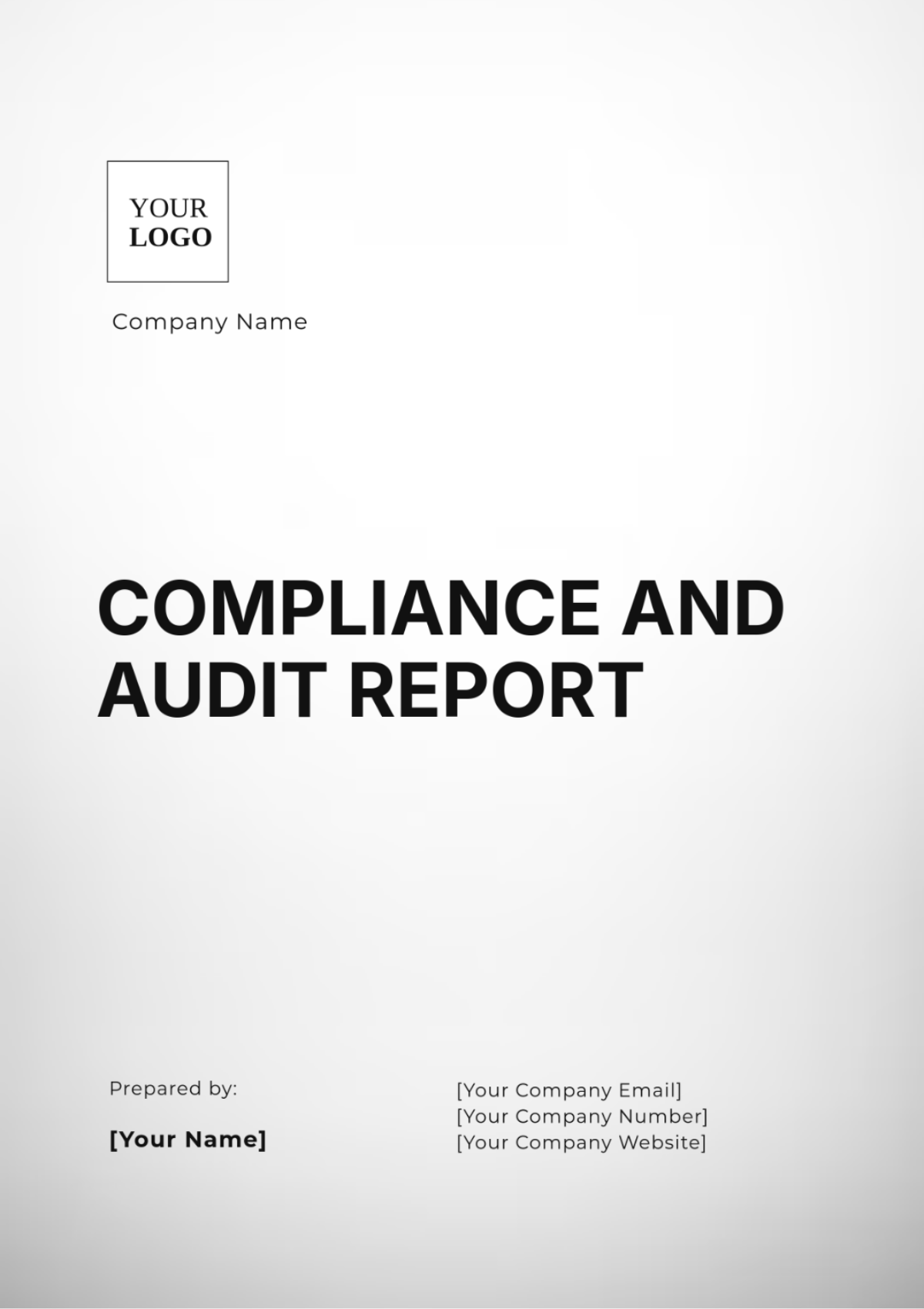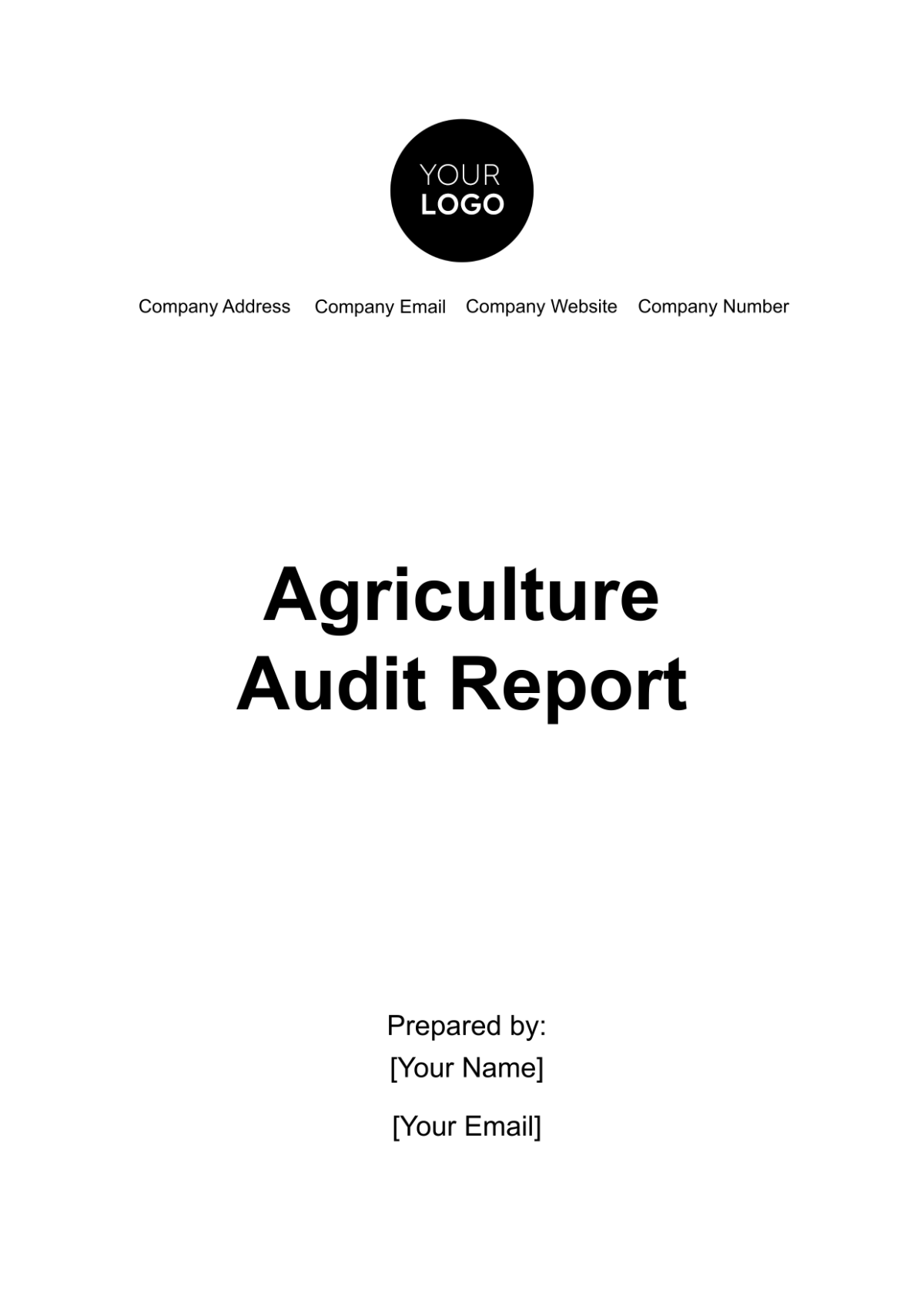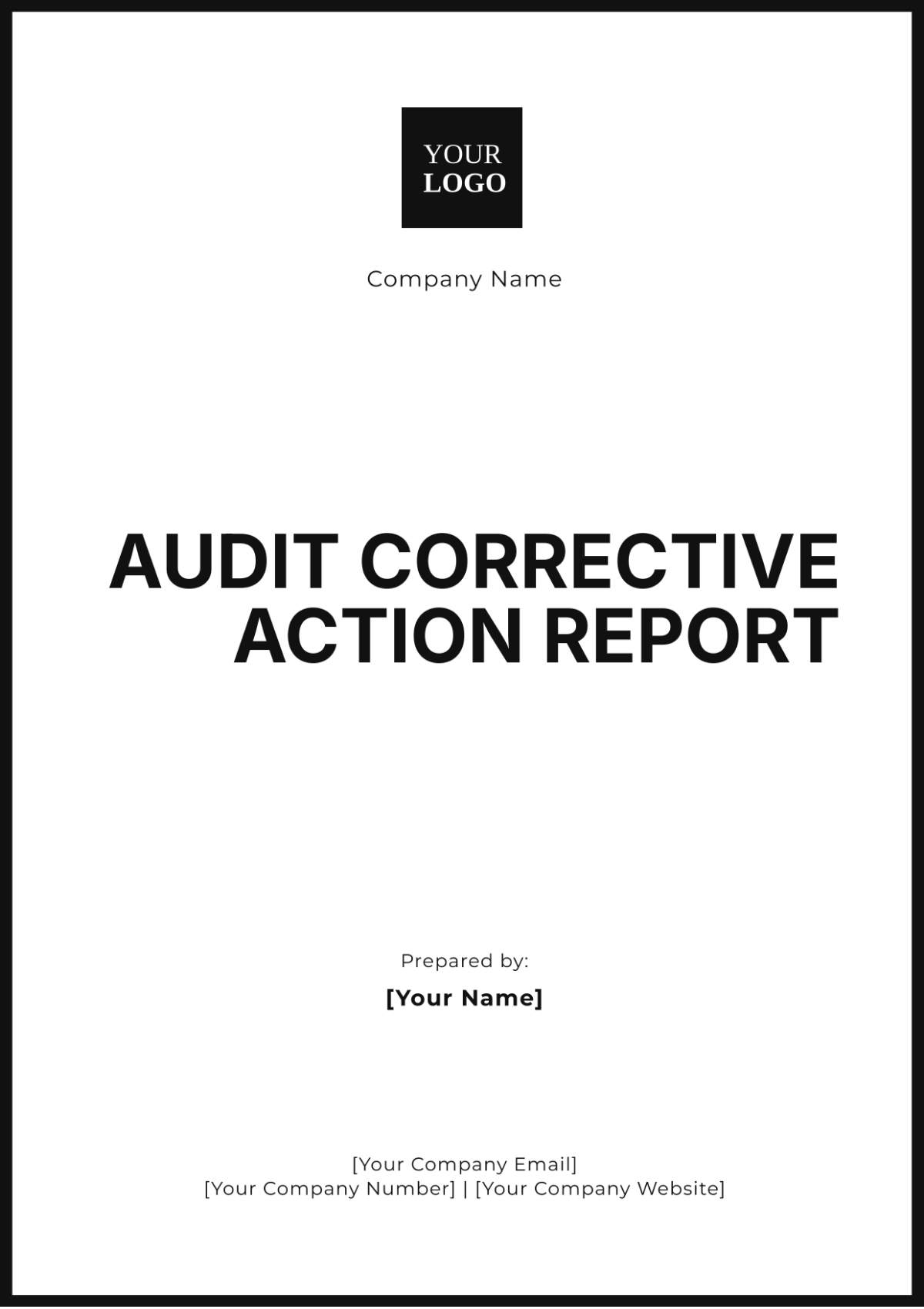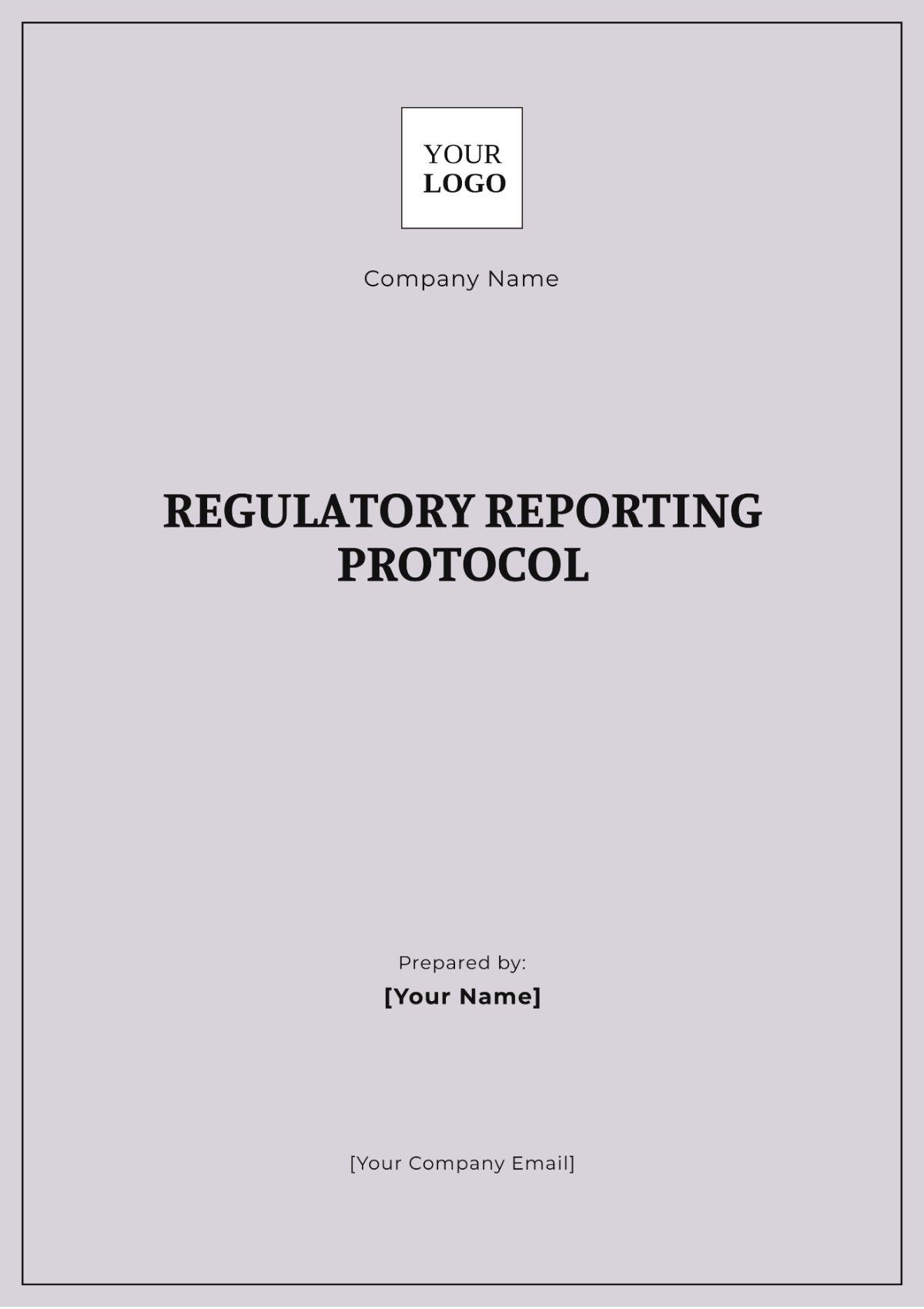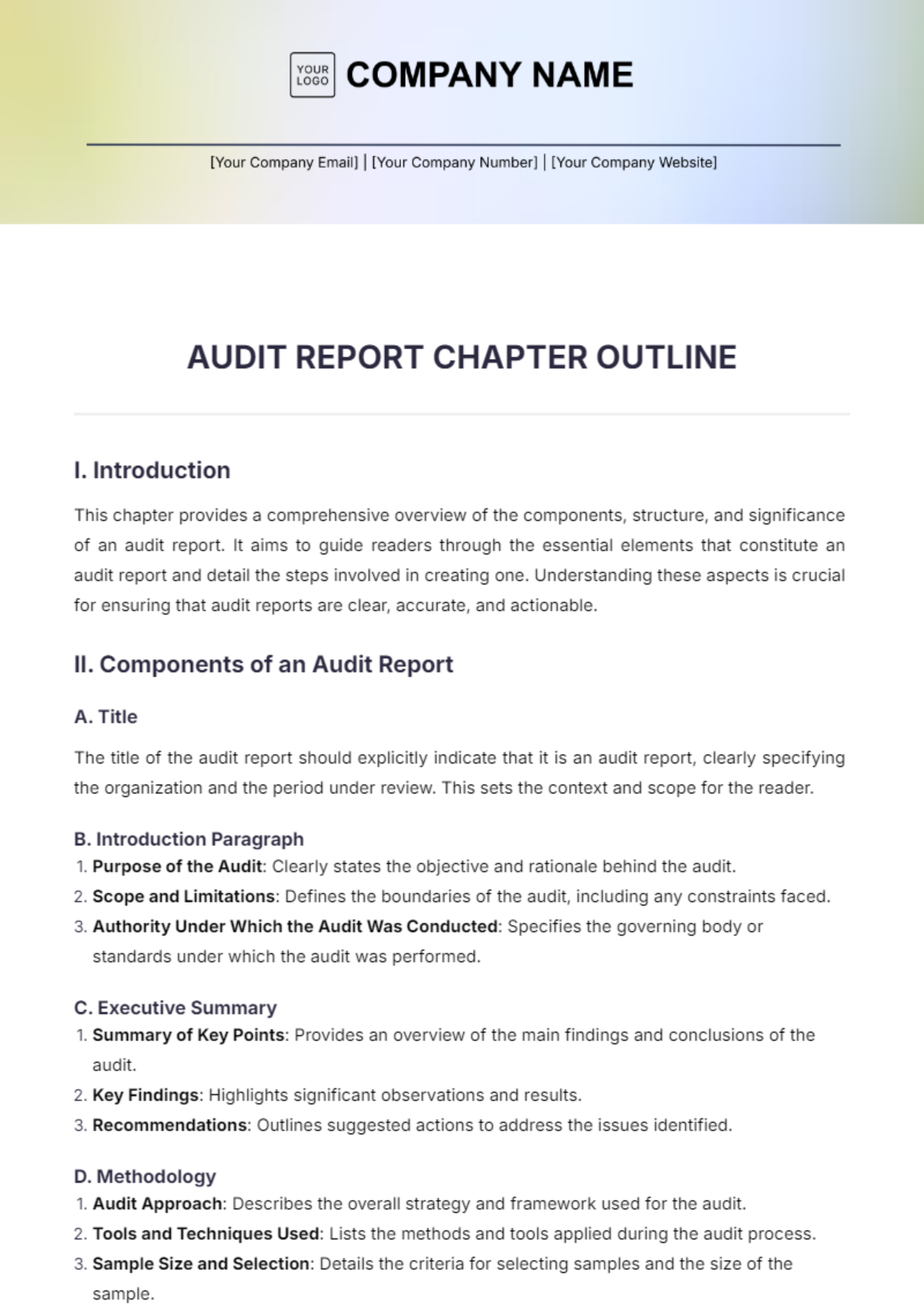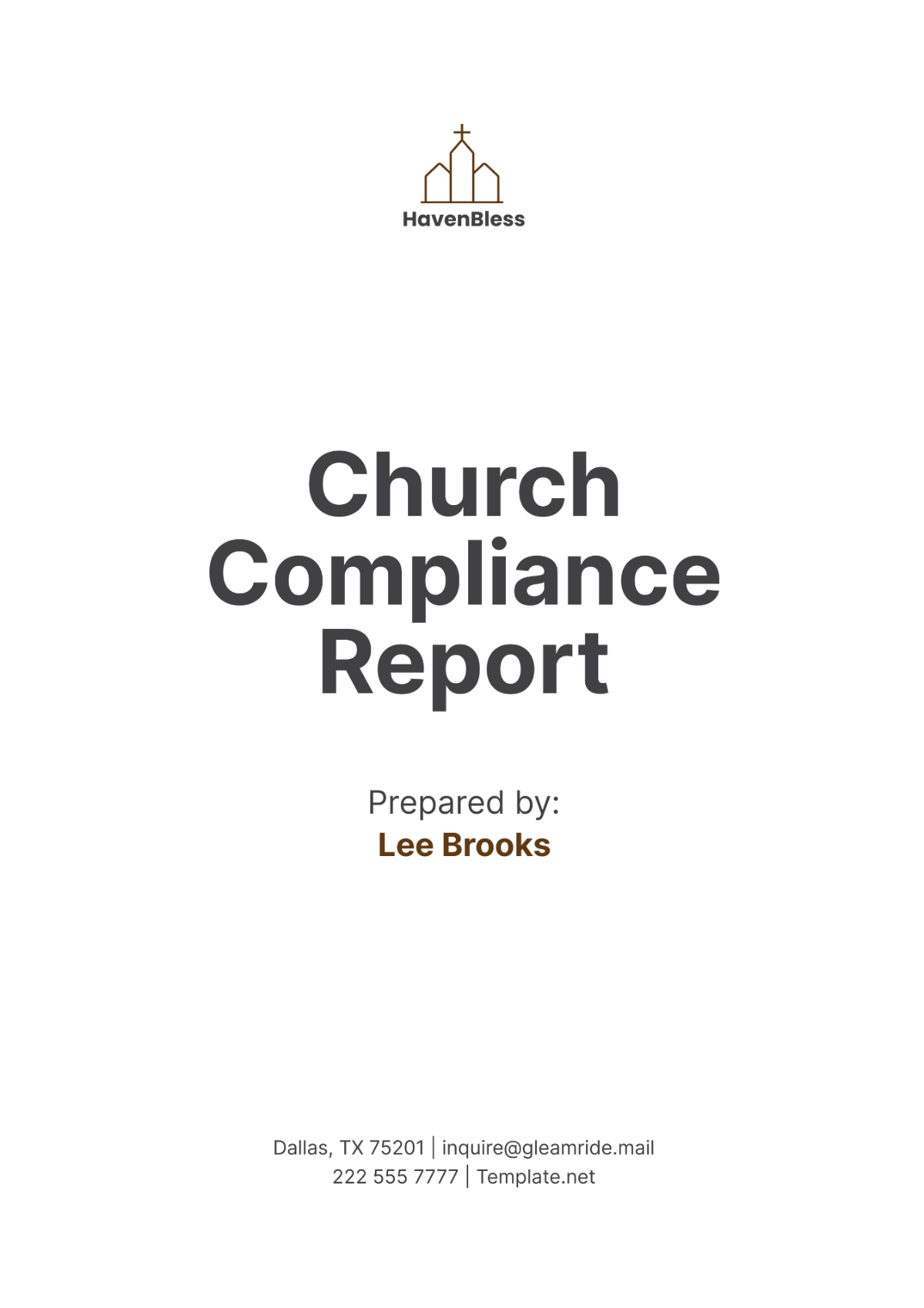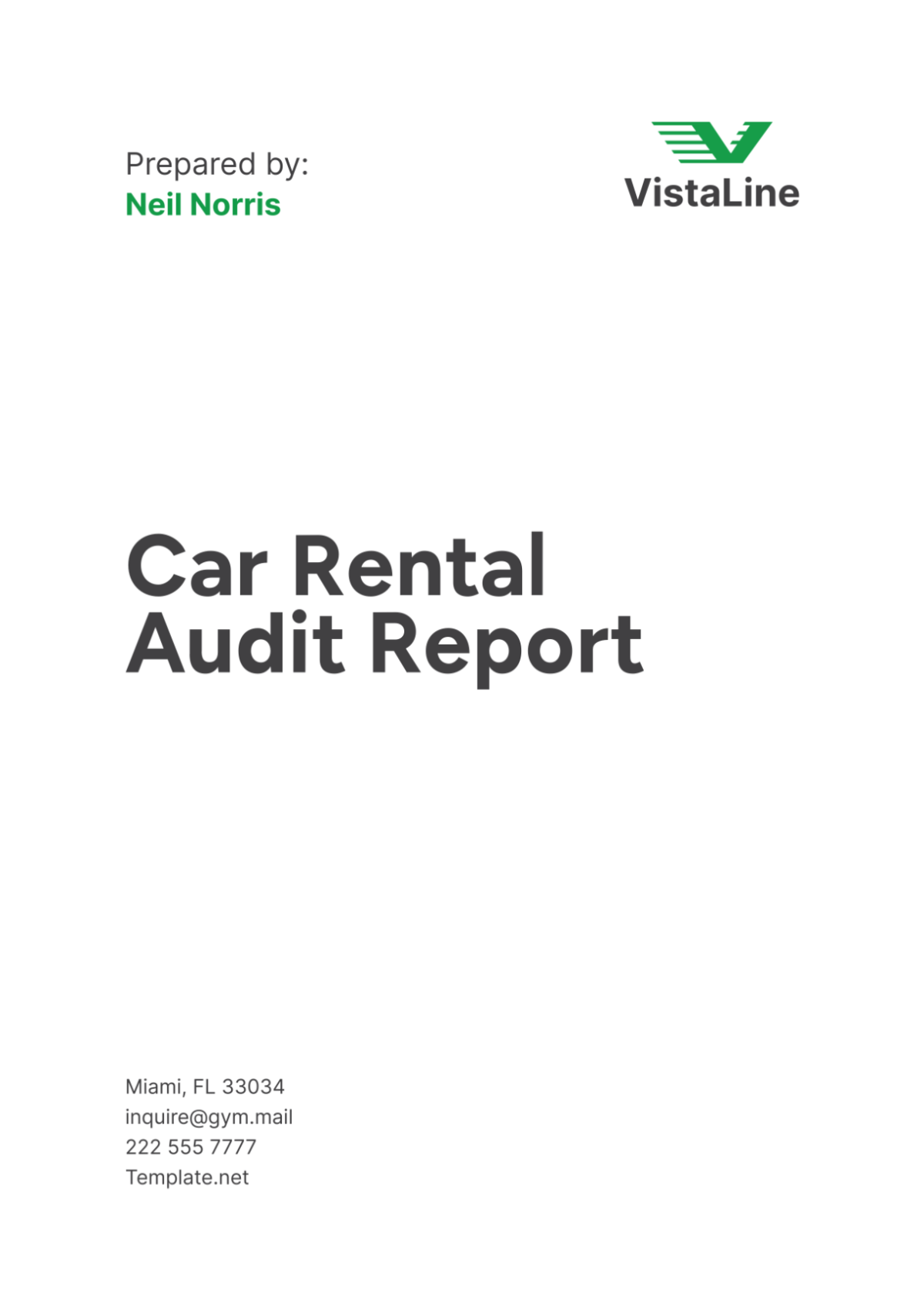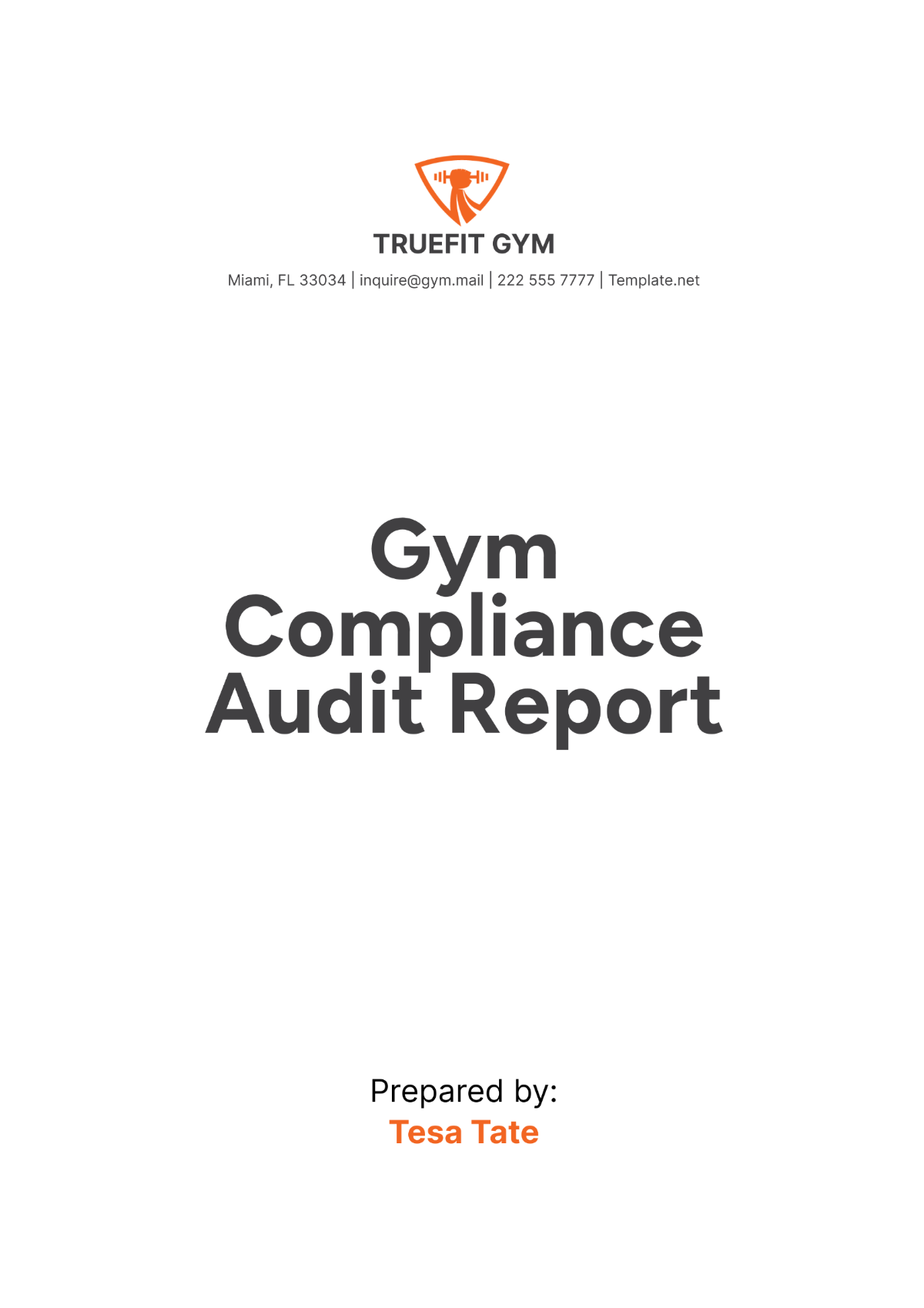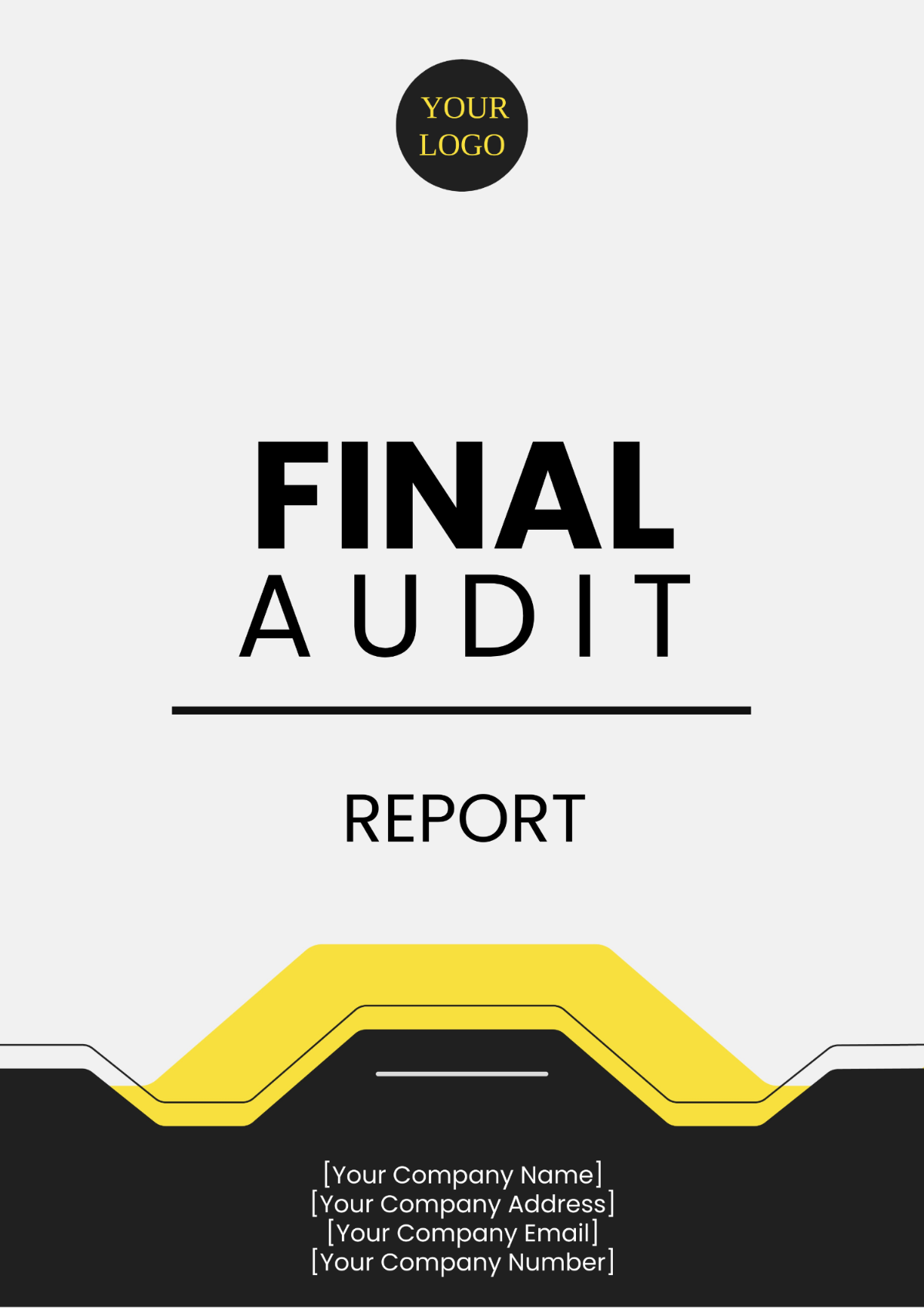Audit Report
Executive Summary
The audit of [Your Company Name] for the fiscal year ending June 30, 2060, evaluated financial reporting accuracy, SOX compliance, and IT controls. Key findings included a $2.3 million account discrepancy due to manual errors, poor segregation of duties, and outdated IT infrastructure posing cyber risks. Recommendations involve automating reconciliation, upgrading cybersecurity, and revising internal controls.
Introduction
The audit was initiated as part of [Your Company Name]'s strategic annual audit plan, designed to improve financial transparency and mitigate operational risks. The audit specifically targeted key processes within the finance department and IT systems, covering the period from July 1, 2059, to June 30, 2060. The scope included the review of high-value financial transactions, compliance with evolving regulatory frameworks, and an assessment of IT security controls. The audit team used advanced data analytics and risk-based methodologies to evaluate the control environment and identify areas for improvement.
Audit Objectives
Objective 1: Assess the effectiveness of [Your Company Name]'s financial reporting processes, with a focus on the accuracy of journal entries, quarter-end reconciliations, and compliance with Generally Accepted Accounting Principles (GAAP) for the fiscal year 2060.
Objective 2: Evaluate the company's adherence to Sarbanes-Oxley (SOX) Act requirements, particularly the adequacy of controls around financial reporting and the segregation of duties across financial roles.
Objective 3: Analyze the effectiveness of IT system controls in safeguarding sensitive financial and operational data, focusing on firewall strength, encryption standards, and the ability to mitigate emerging cyber threats in 2060.
Audit Methodology
To achieve the audit objectives, the audit team employed a hybrid approach, combining both quantitative and qualitative analysis. The team leveraged advanced AI-powered data analytics tools, such as SAP Analytics Cloud and Tableau, to analyze over 50,000 financial transactions for anomalies and trends. Key personnel from the finance and IT departments were interviewed to gain insights into current workflows, control mechanisms, and areas of vulnerability. The audit was conducted following the COSO Framework for internal controls and the ISO 27001 standard for IT security management. In addition, penetration testing was conducted to assess the strength of existing cybersecurity defenses.
Findings
Area 1: Financial Reporting System
Observation: The manual reconciliation process during the quarter-end closing led to a $2.3 million discrepancy between the general ledger and sub-ledger accounts, primarily due to human error in posting adjusting entries. Additionally, delays in finalizing reports extended the closing period by an average of 10 days.
Recommendation: Implement a cloud-based financial reconciliation tool such as Oracle Financials Cloud to automate the reconciliation process, reduce manual intervention, and improve accuracy. This is expected to cut down quarter-end reconciliation time by 40%.
Area 2: Vendor Management
Observation: ABC Manufacturing Co.’s vendor selection and evaluation process lacks consistency, with 35% of vendors not reviewed for compliance with company policies in the past 24 months. As a result, the company engaged with suppliers that had subpar financial stability, leading to supply chain disruptions.
Recommendation: Introduce a Vendor Risk Management (VRM) platform such as Ariba to standardize vendor evaluations, ensuring all vendors are assessed based on financial health, compliance standards, and performance history. Annual reviews should be mandatory for all strategic suppliers.
Area 3: IT System Controls
Observation: The company’s IT infrastructure is reliant on firewalls that have not been updated since 2057, leaving critical systems vulnerable to cyber-attacks. Encryption practices are outdated, with key sensitive data being encrypted using deprecated RSA-1024 algorithms.
Recommendation: Upgrade the company’s cybersecurity infrastructure by adopting the latest Quantum-Resistant Encryption (QRE) and installing advanced Next-Gen firewalls. Regular penetration testing and employee cybersecurity training should also be implemented to reduce the risk of data breaches.
Key Observation 1: The manual financial reconciliation process resulted in significant discrepancies ($2.3 million) in quarter-end reports, requiring extensive manual adjustments and causing a delay of over 10 days in finalizing financial statements.
Key Observation 2: The company failed to comply with SOX regulations due to insufficient segregation of duties within the finance department, where senior accountants had access to both the approval and posting of financial transactions, increasing the risk of fraud.
Key Observation 3: The reliance on outdated IT security infrastructure exposed the company to heightened cyber risks, particularly ransomware attacks, which have increased by 30% in the manufacturing industry since 2059.
Recommendations
Recommendation 1: Automate the financial reconciliation process by implementing Oracle Financials Cloud to ensure accuracy, minimize manual errors, and reduce closing time by 40%.
Expected Impact: This will lead to more accurate financial statements, reduce the risk of material misstatements, and enhance overall operational efficiency by shortening the financial closing period from 10 days to 6 days.
Recommendation 2: Strengthen internal controls by implementing role-based access control (RBAC) within the financial systems, ensuring segregation of duties between transaction approval and posting. Regularly audit these controls to maintain compliance with SOX.
Expected Impact: This will mitigate the risk of internal fraud, improve compliance with regulatory standards, and enhance auditability by creating clear lines of accountability within the finance team.
Recommendation 3: Upgrade IT security infrastructure by adopting Quantum-Resistant Encryption (QRE) and deploying Next-Gen firewalls across all critical systems. Additionally, conduct annual cybersecurity training and regular penetration testing.
Expected Impact: These actions will significantly reduce the risk of data breaches, protect the company from ransomware attacks, and ensure compliance with the latest data protection regulations. Improved cybersecurity will also enhance the company's reputation with stakeholders.
Conclusion
The audit of [Your Company Name]'s financial reporting processes and IT system controls revealed critical areas of improvement in both financial reconciliation accuracy and cybersecurity preparedness. By implementing the proposed recommendations, the company can expect to reduce financial reporting errors, comply with SOX requirements, and significantly enhance its defense against cyber threats. These improvements will contribute to more accurate financial statements, a stronger control environment, and greater operational resilience in the rapidly evolving manufacturing industry of 2060.
Appendices
Appendix A: Risk assessment matrix detailing the likelihood and impact of identified risks, along with proposed mitigation strategies.
Appendix B: Financial reconciliation variance analysis, highlighting discrepancies between the general ledger and sub-ledger for FY 2060.
Appendix C: Penetration testing report conducted in April 2060, identifying critical vulnerabilities in the IT system, including outdated firewalls and encryption standards.

